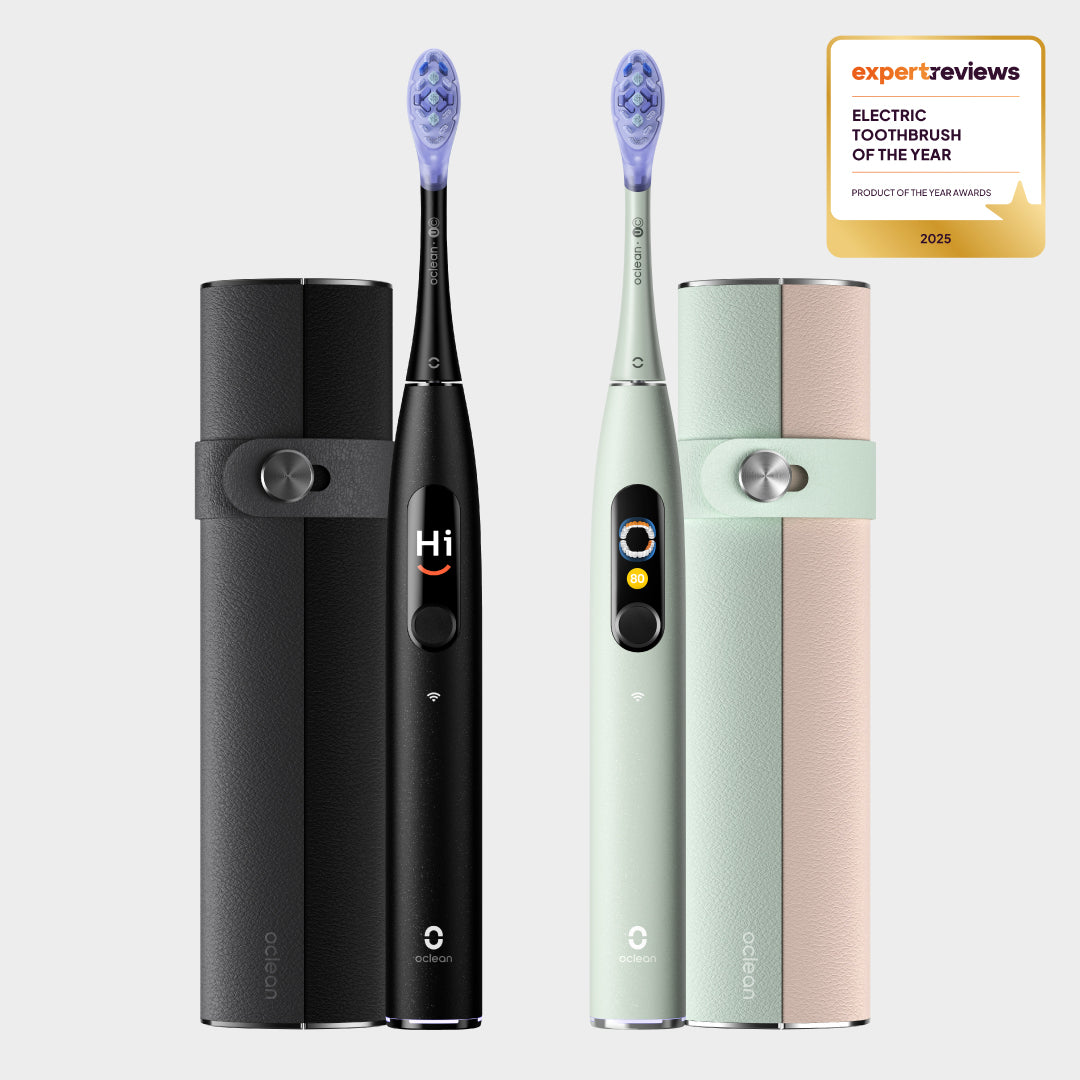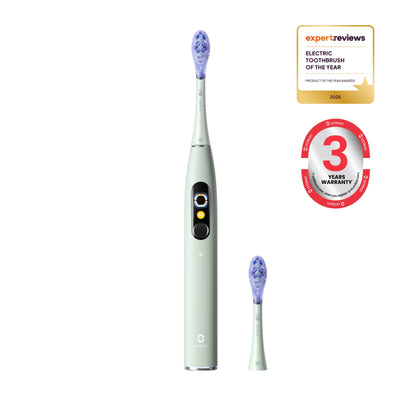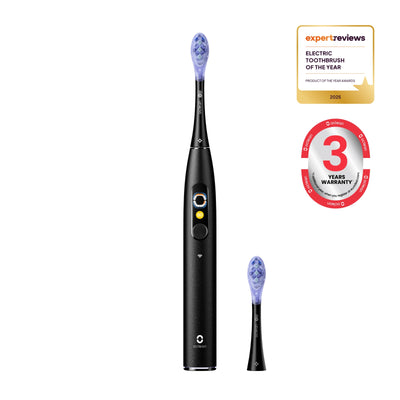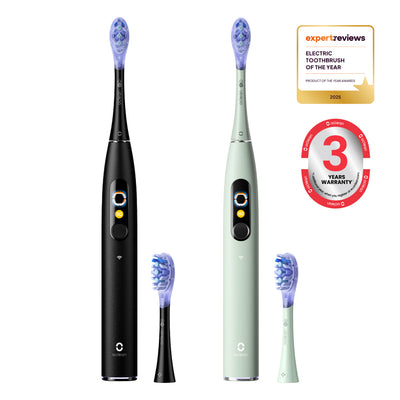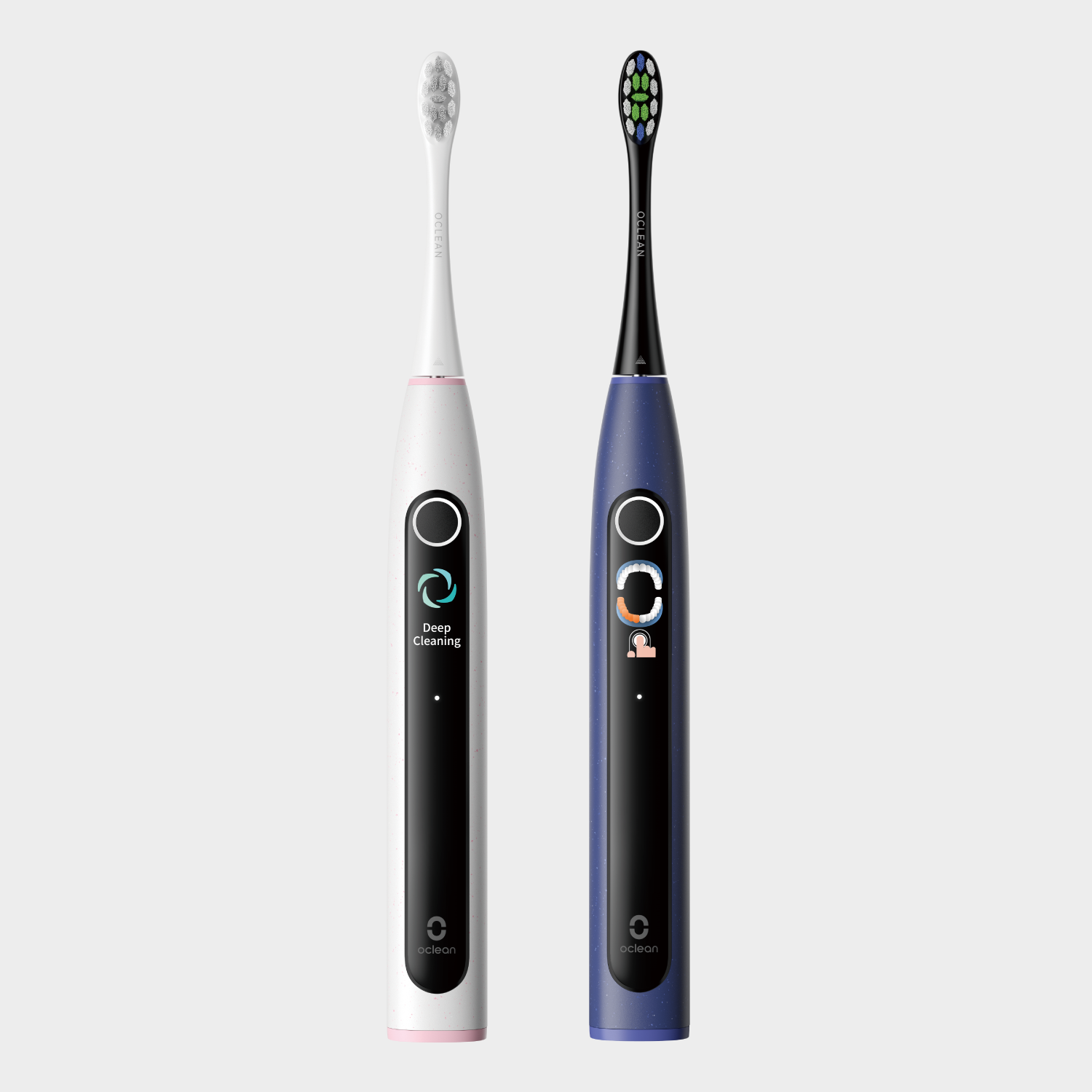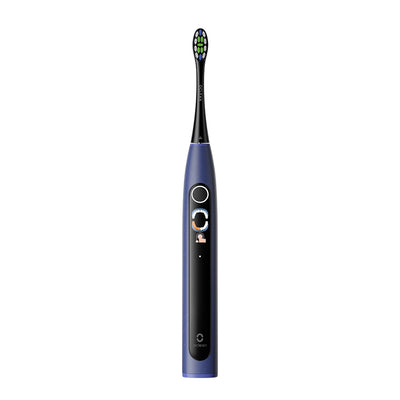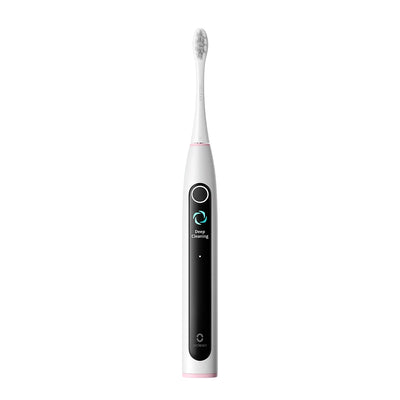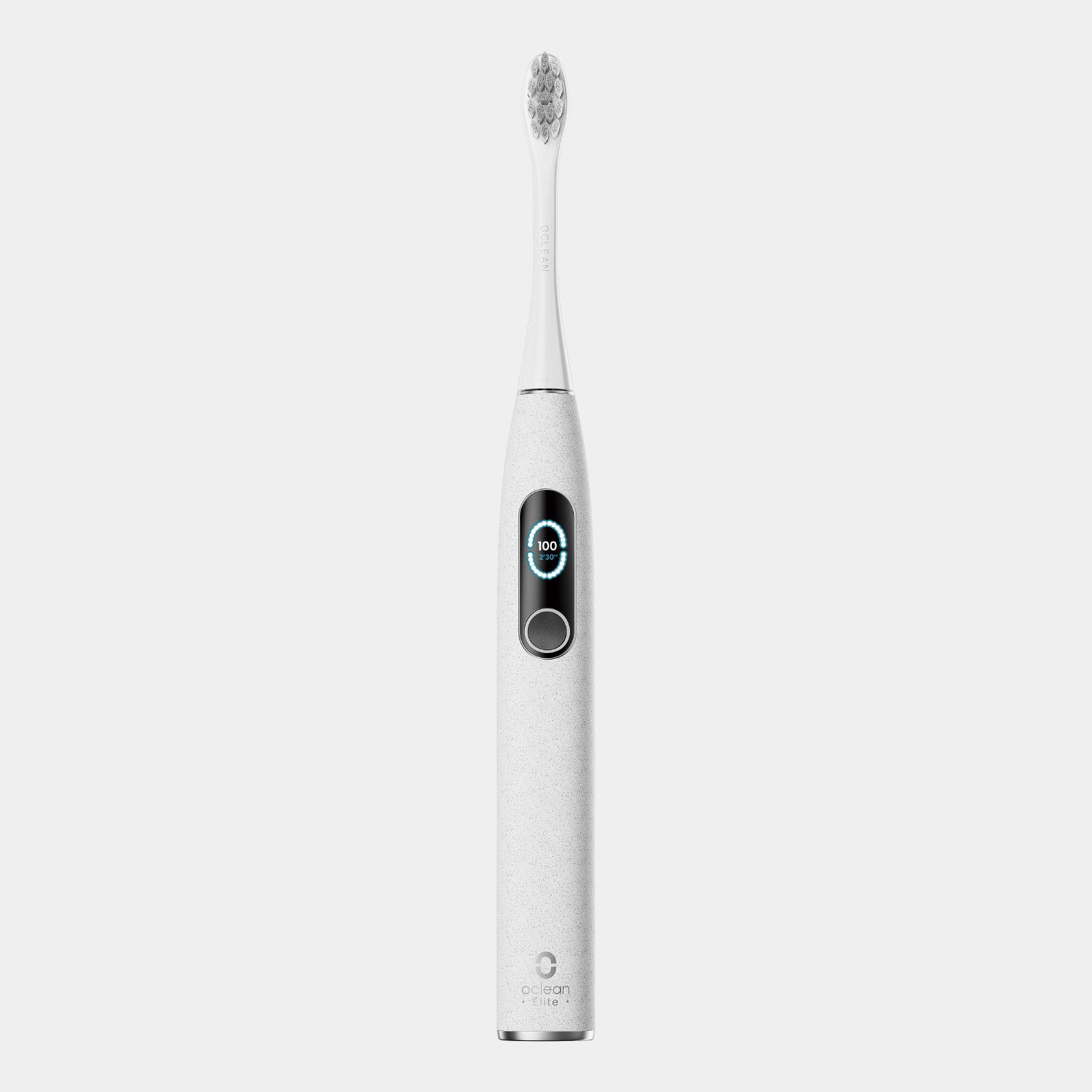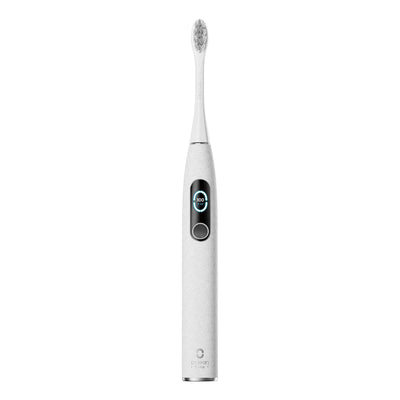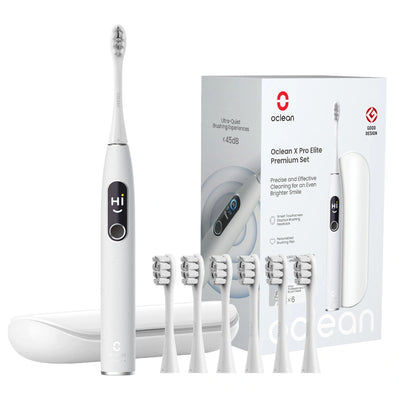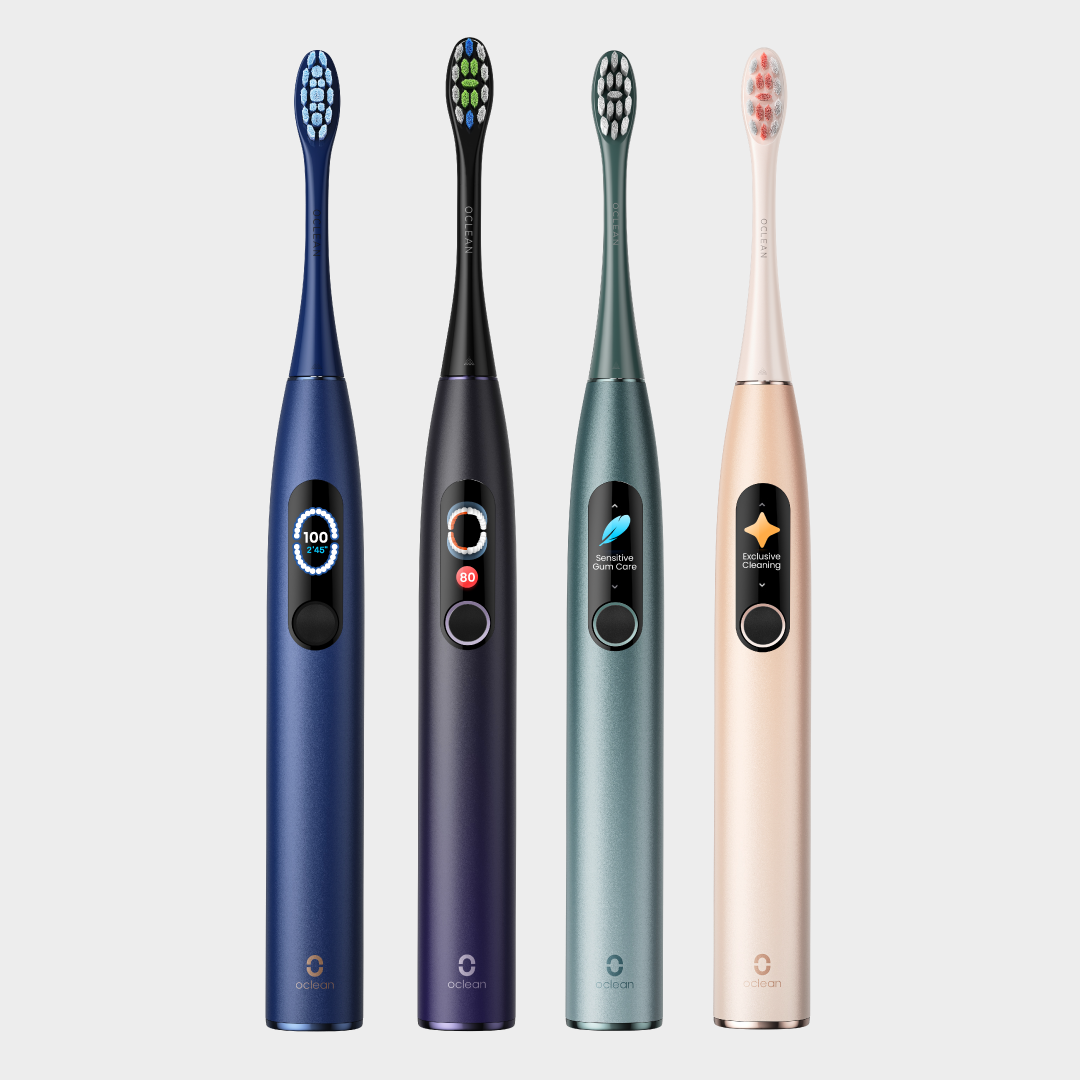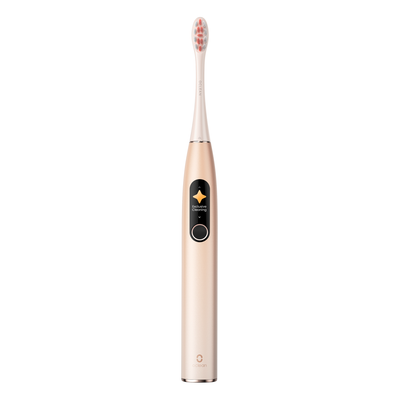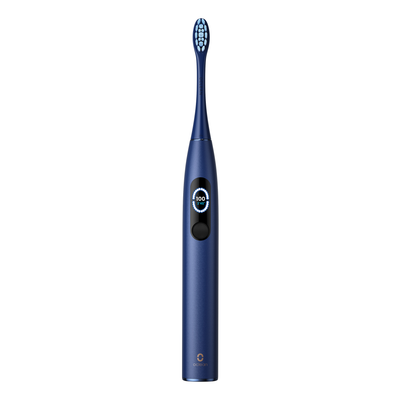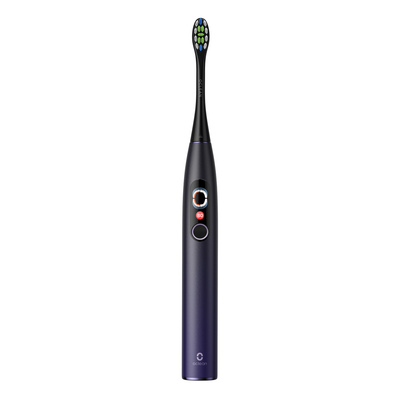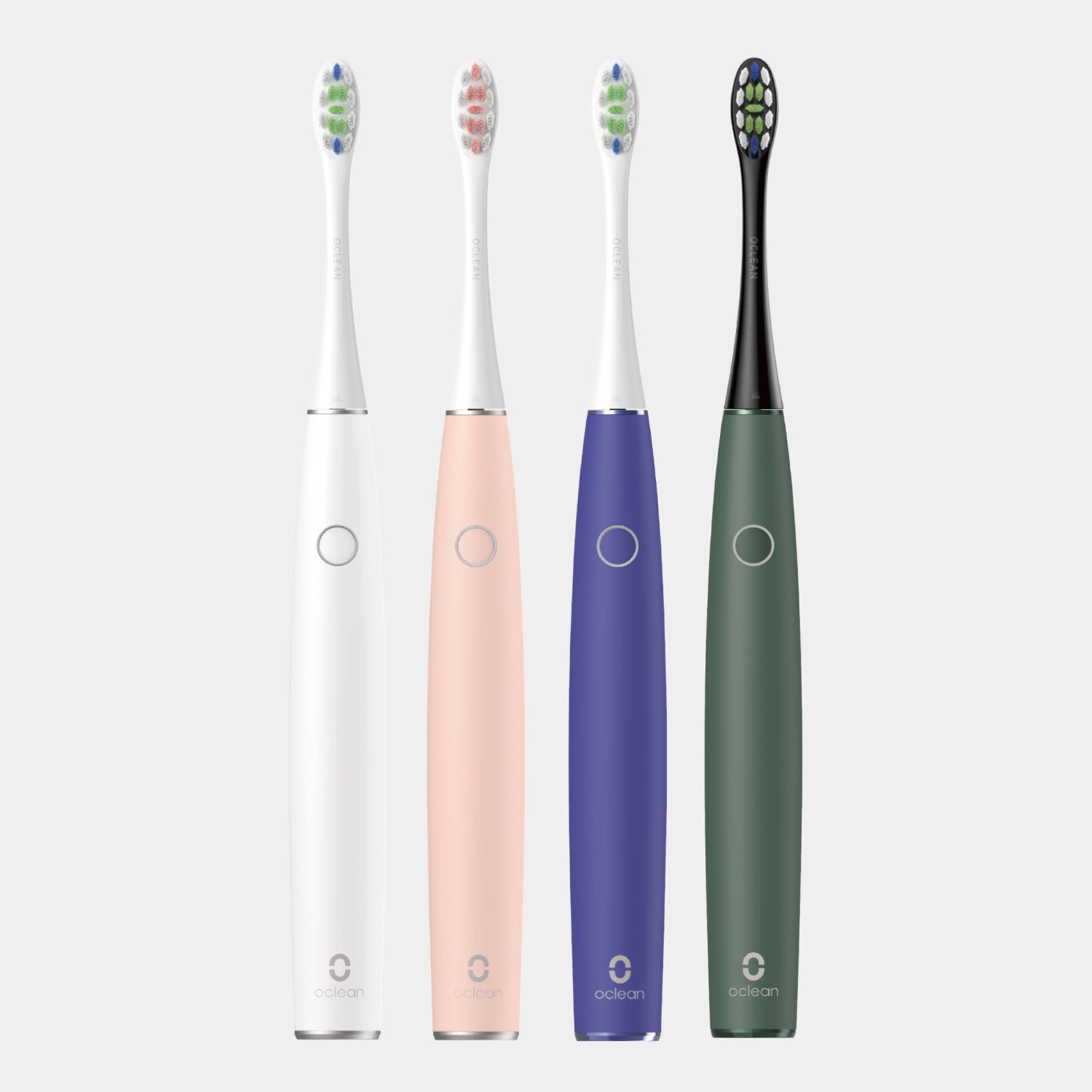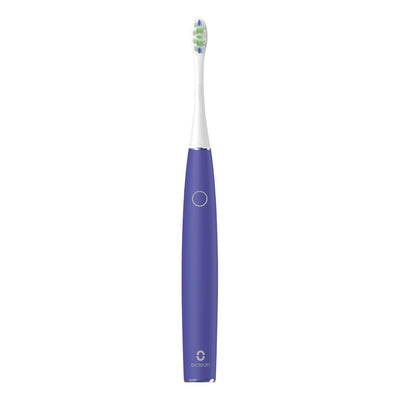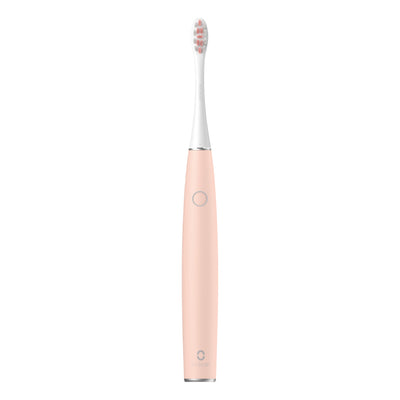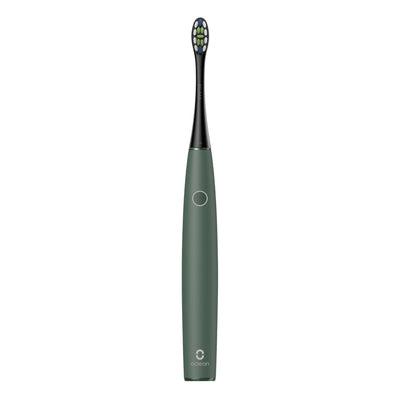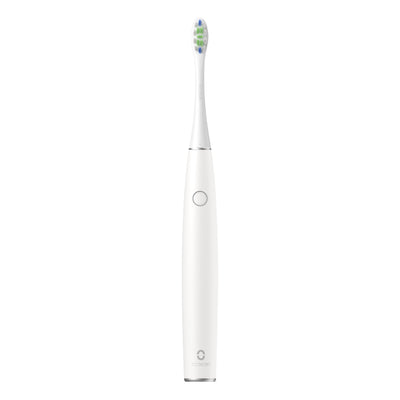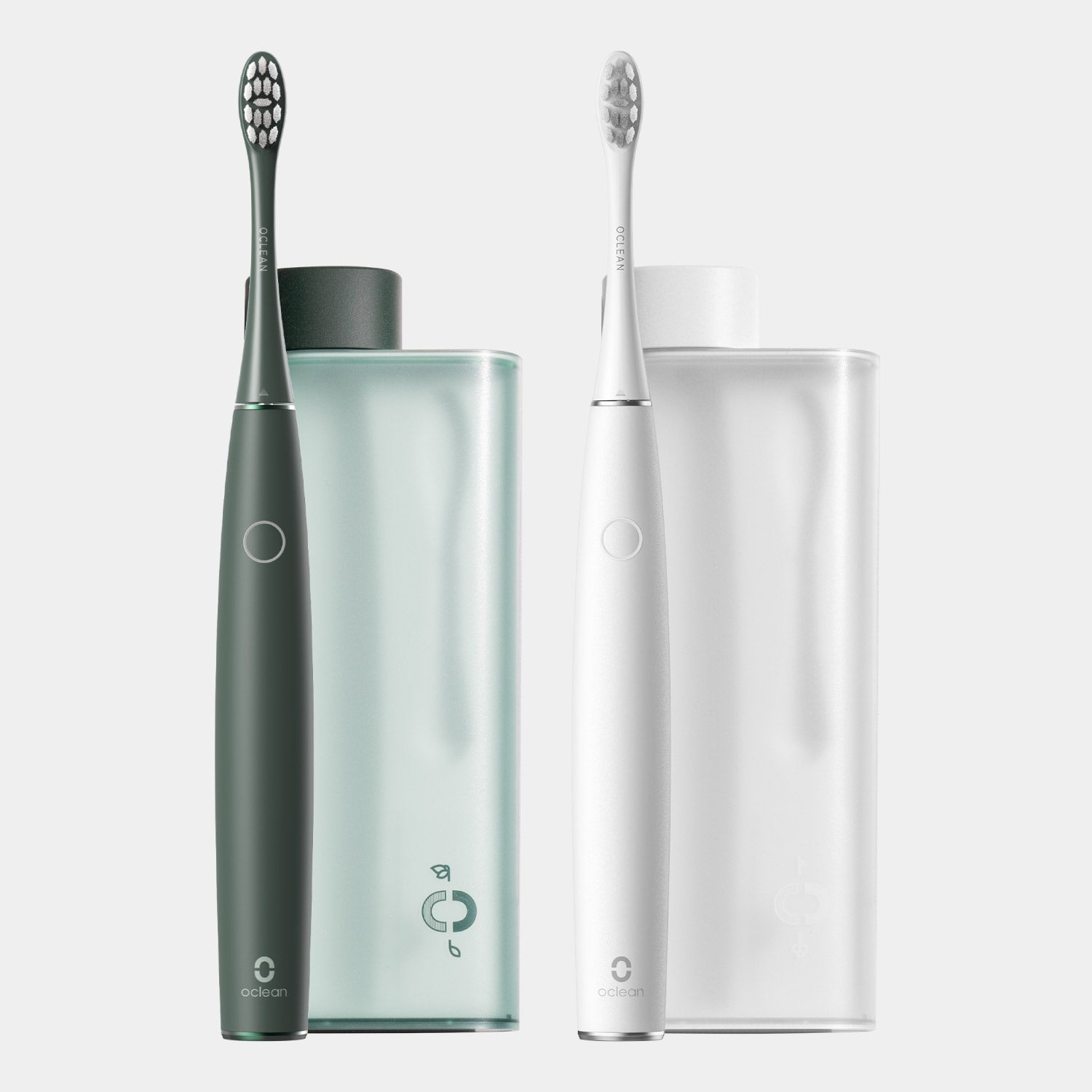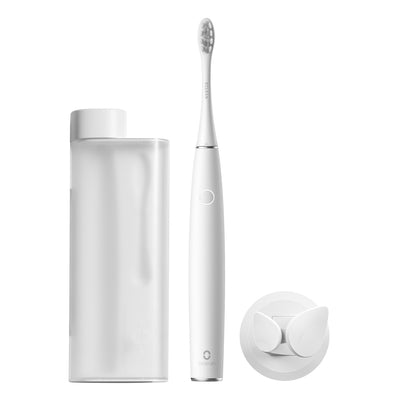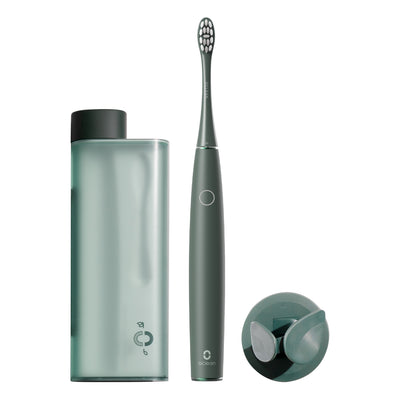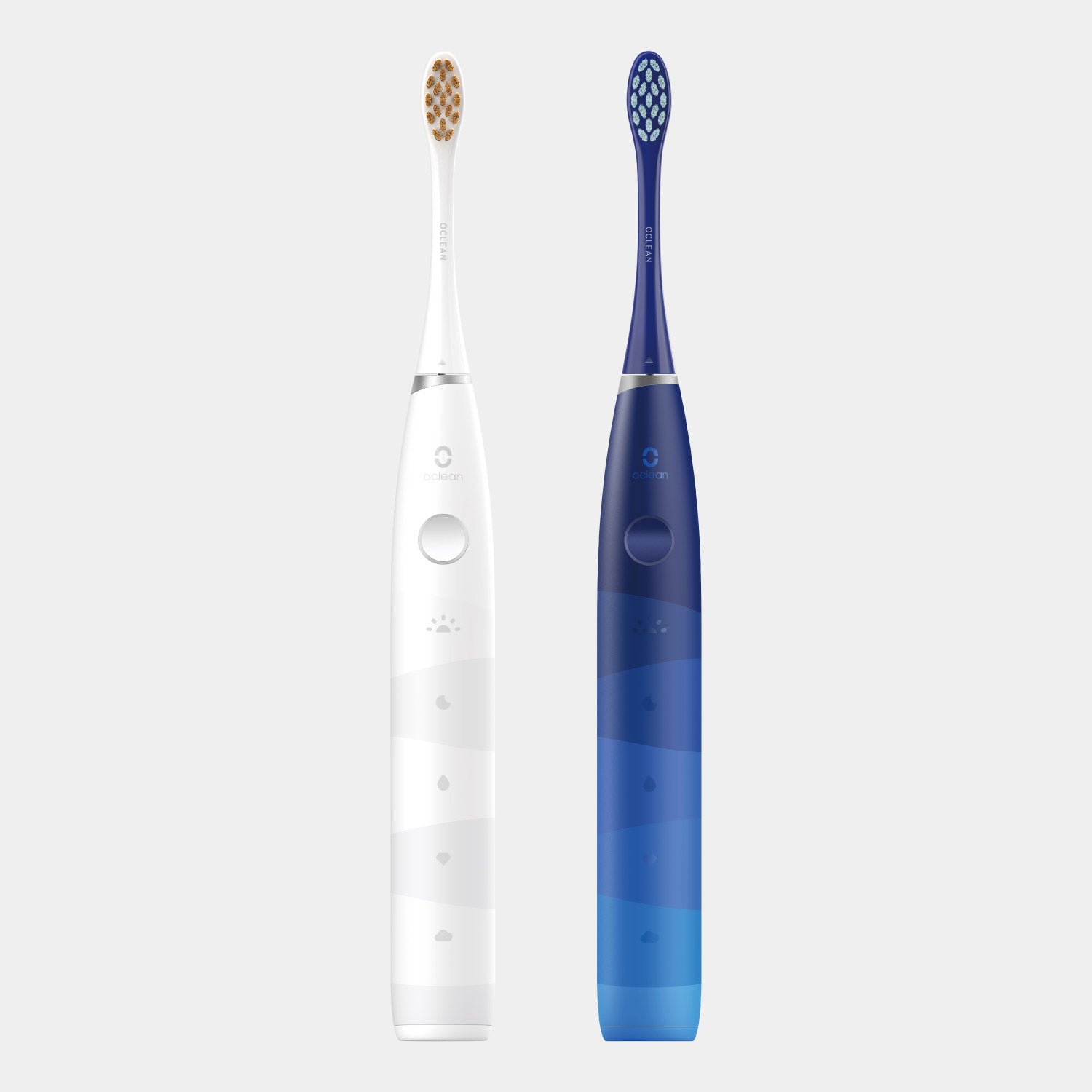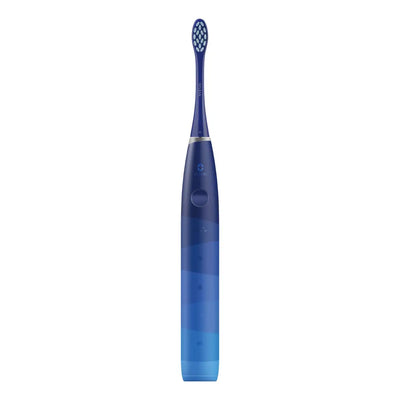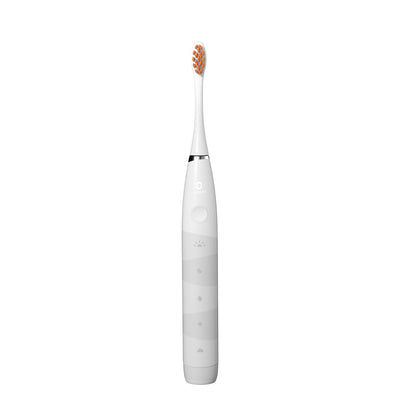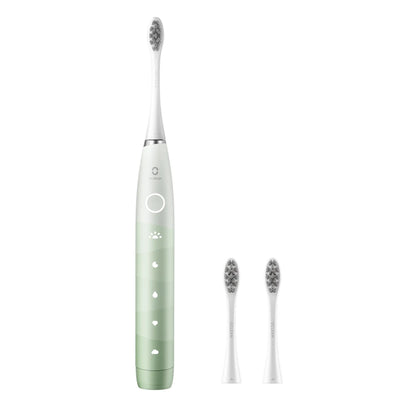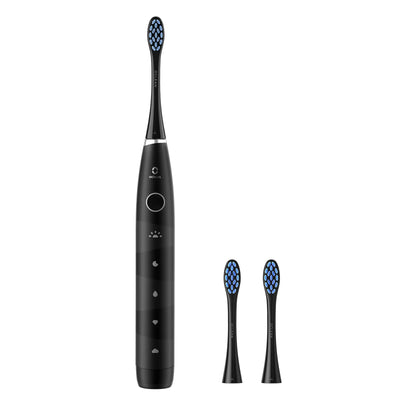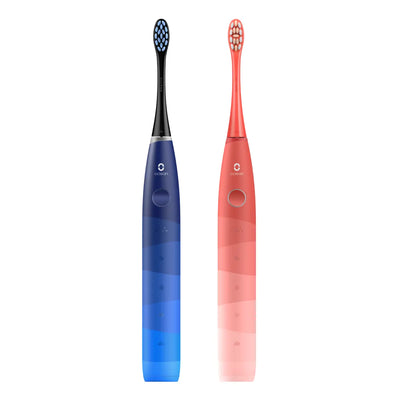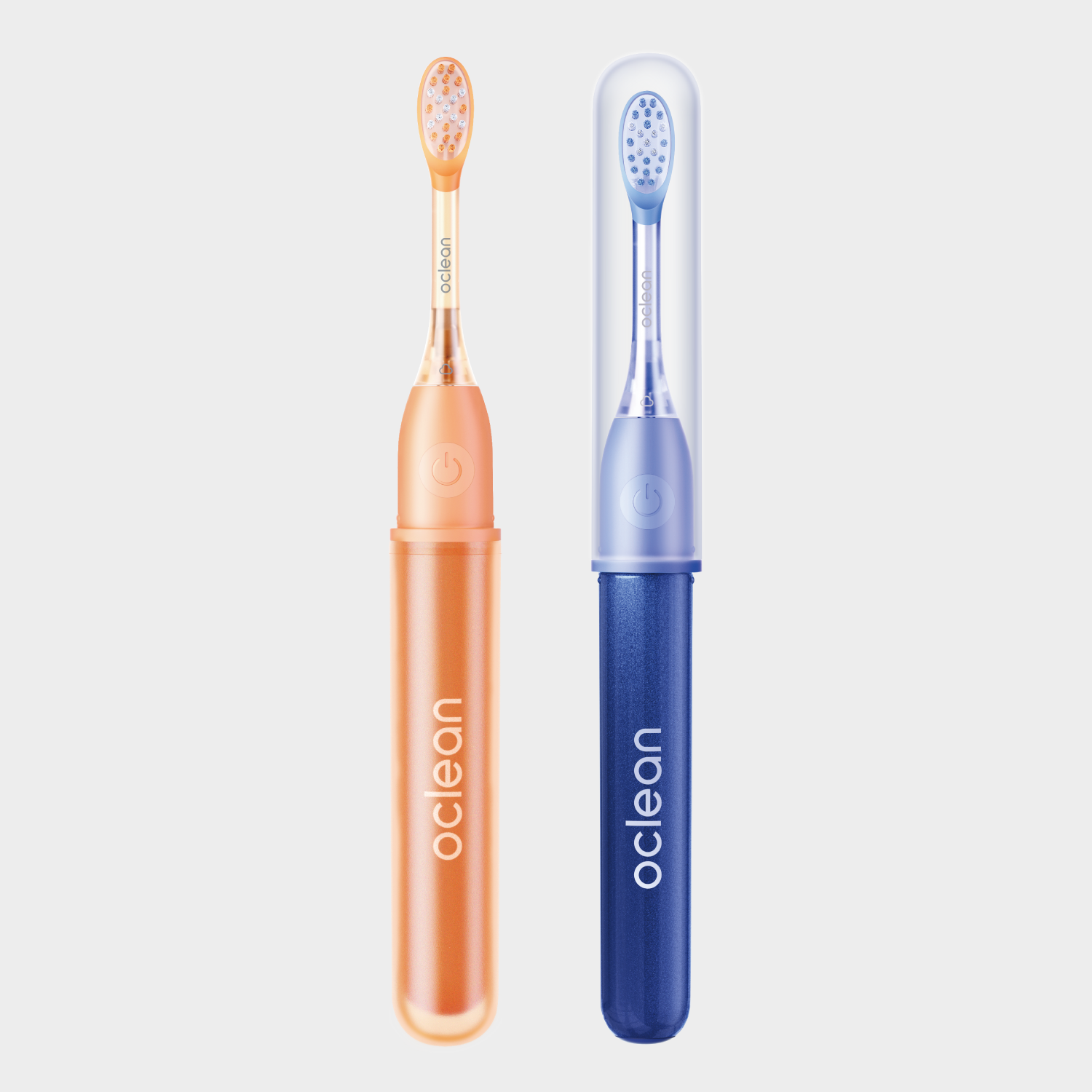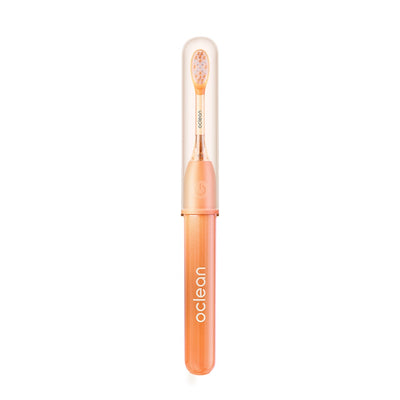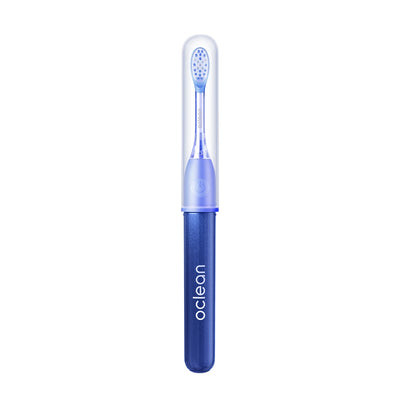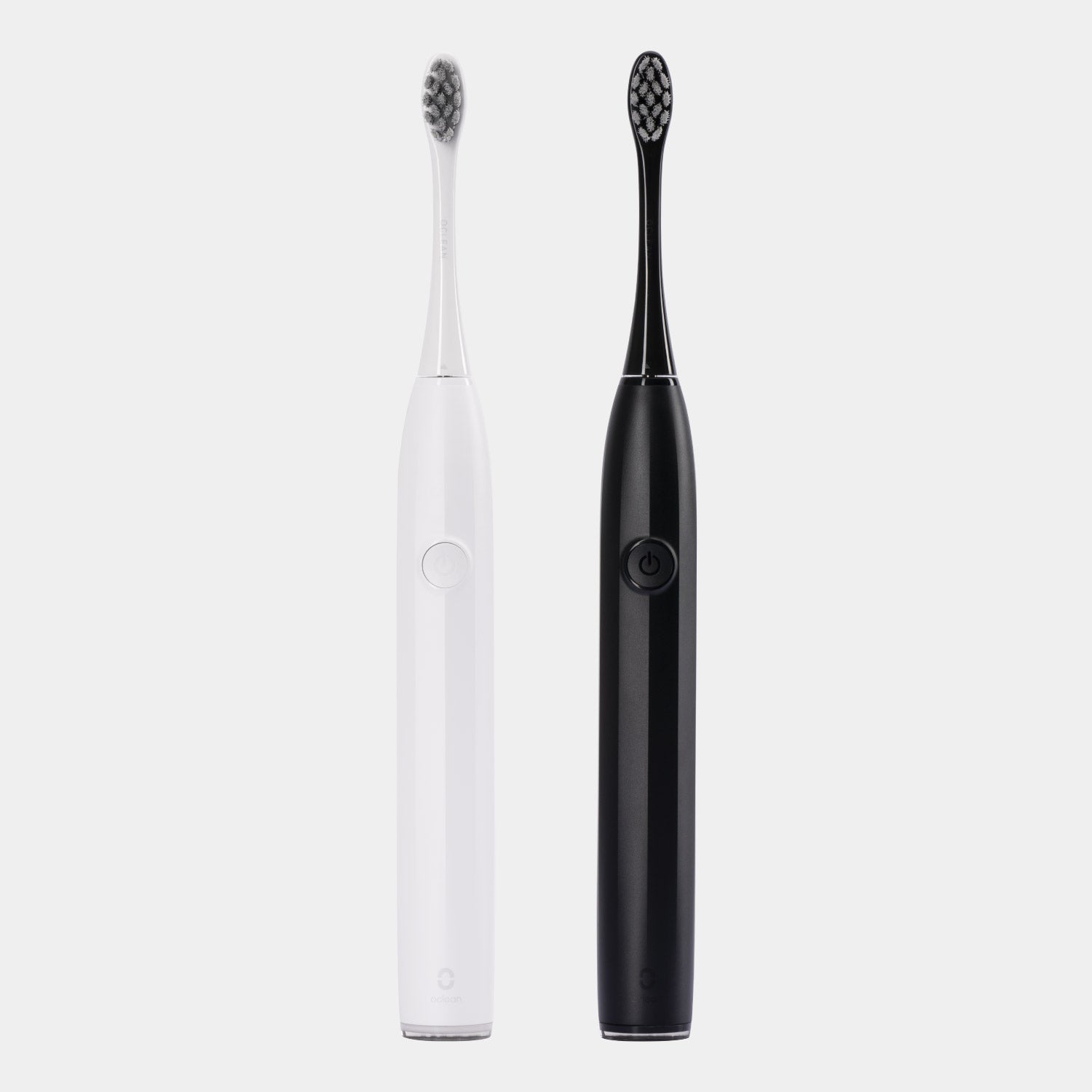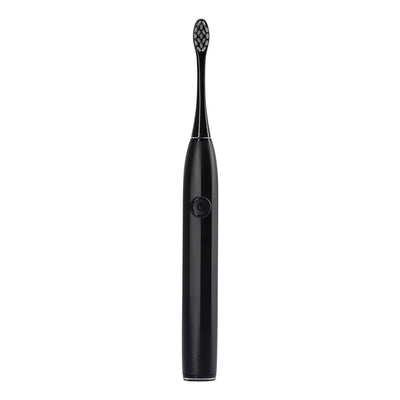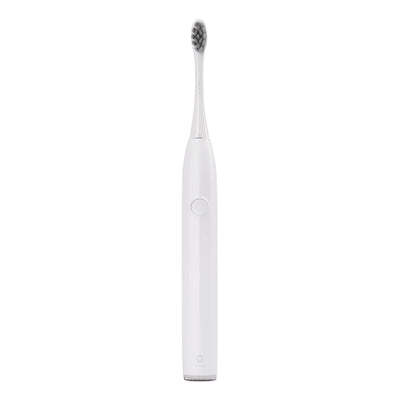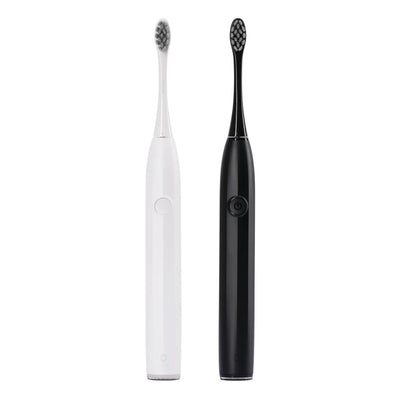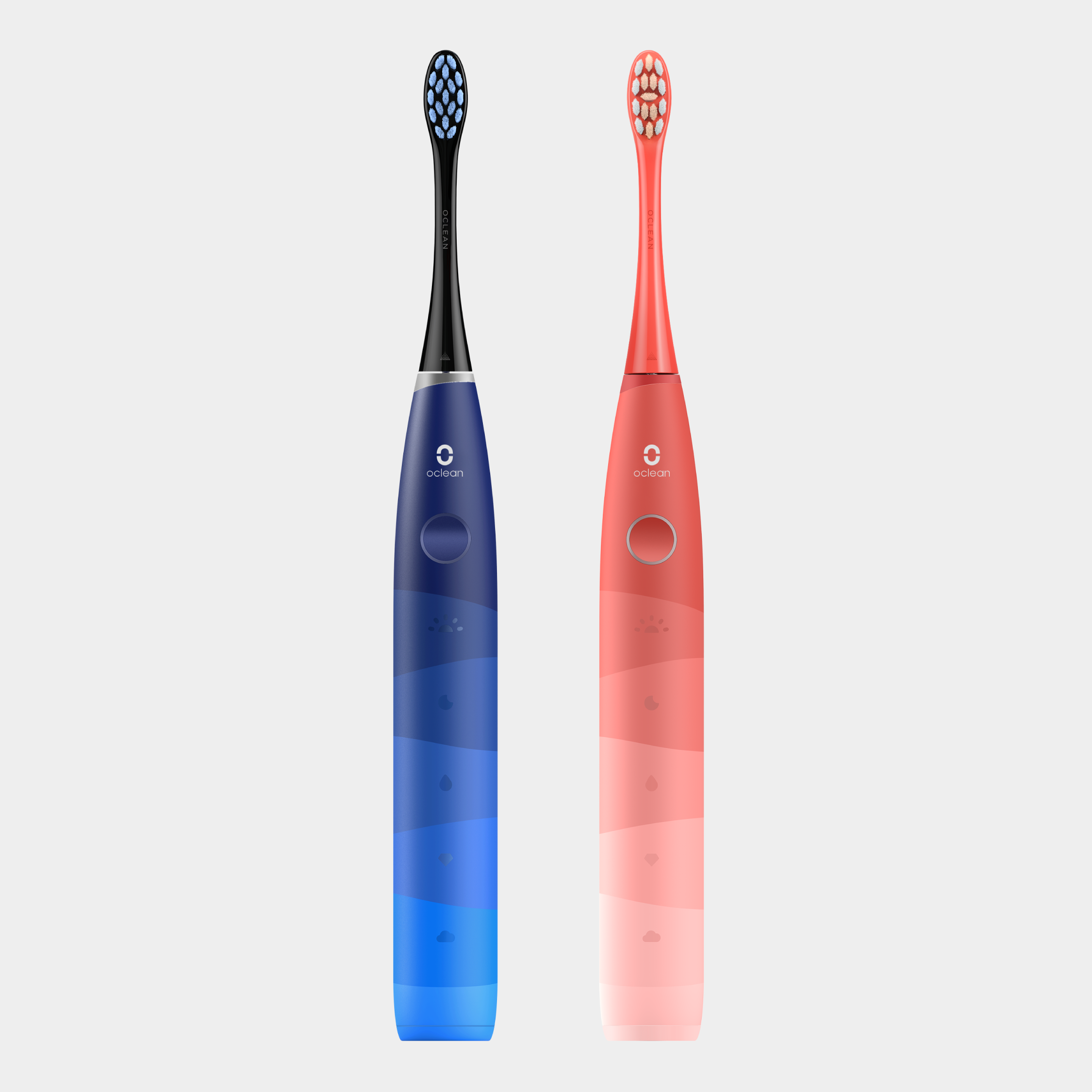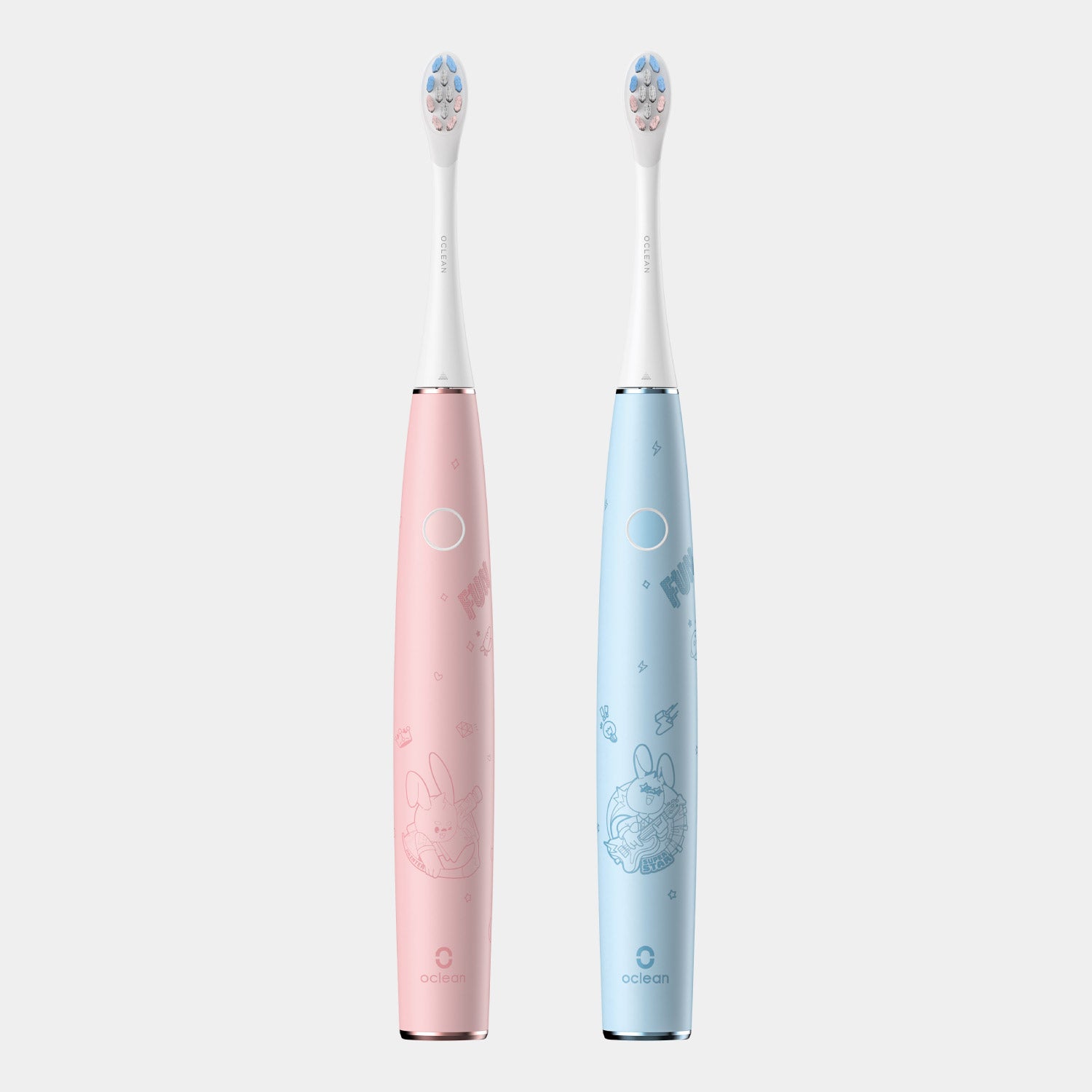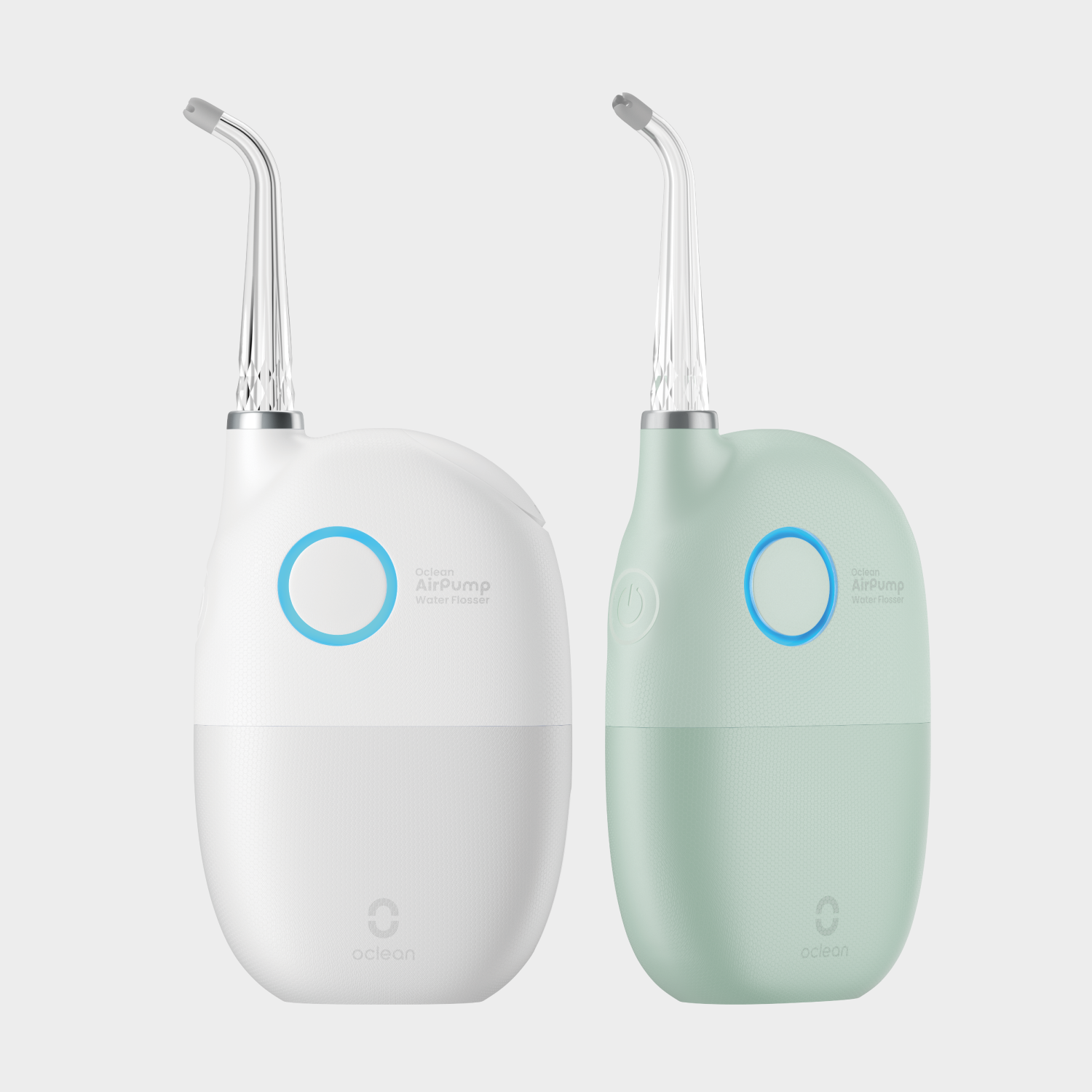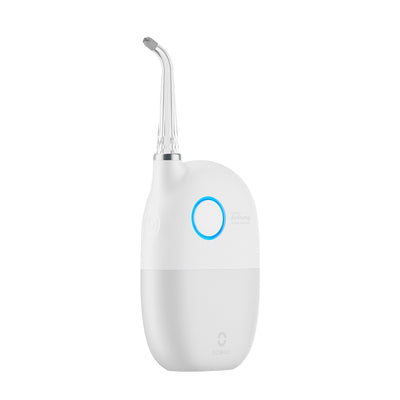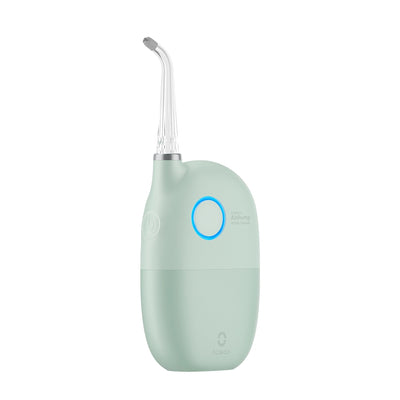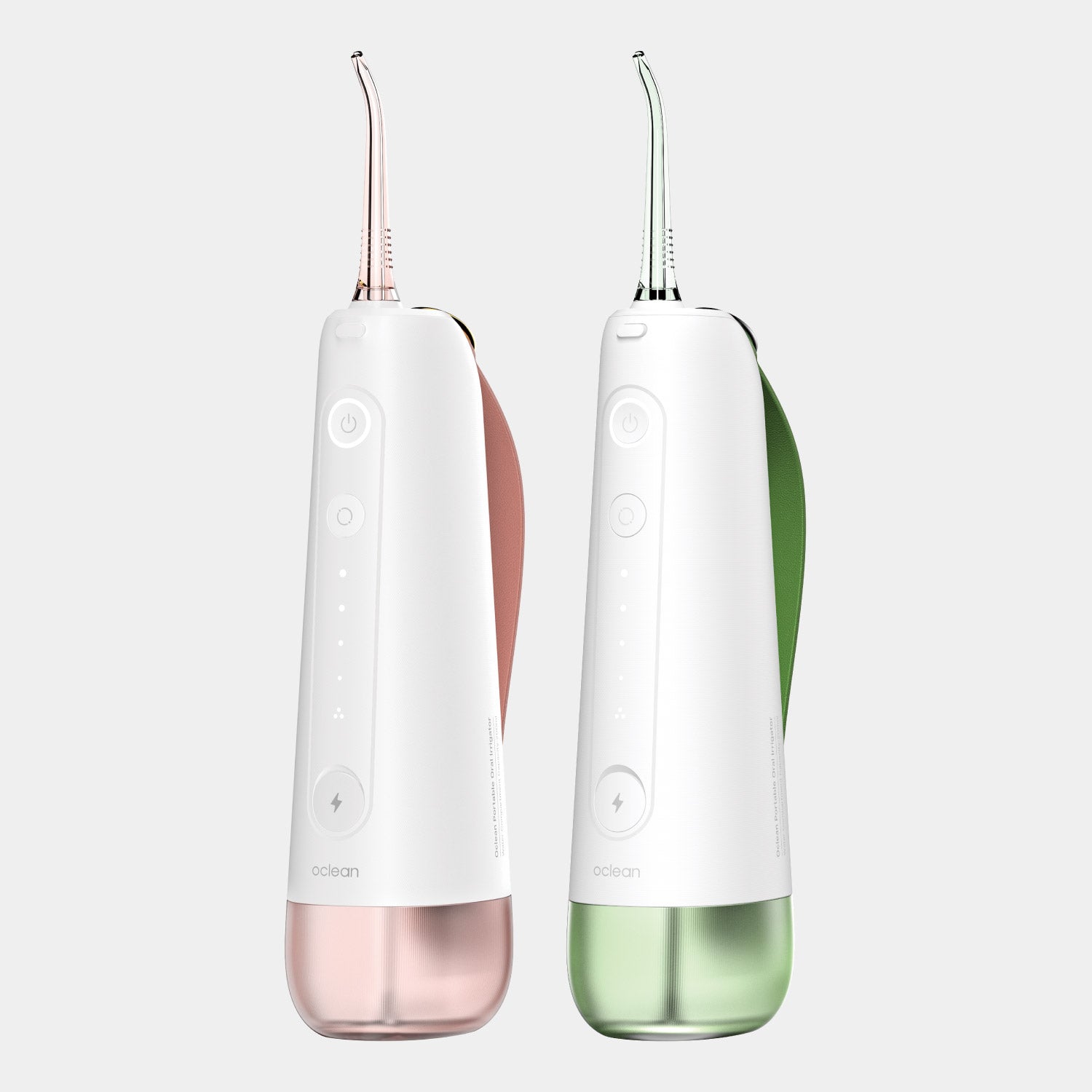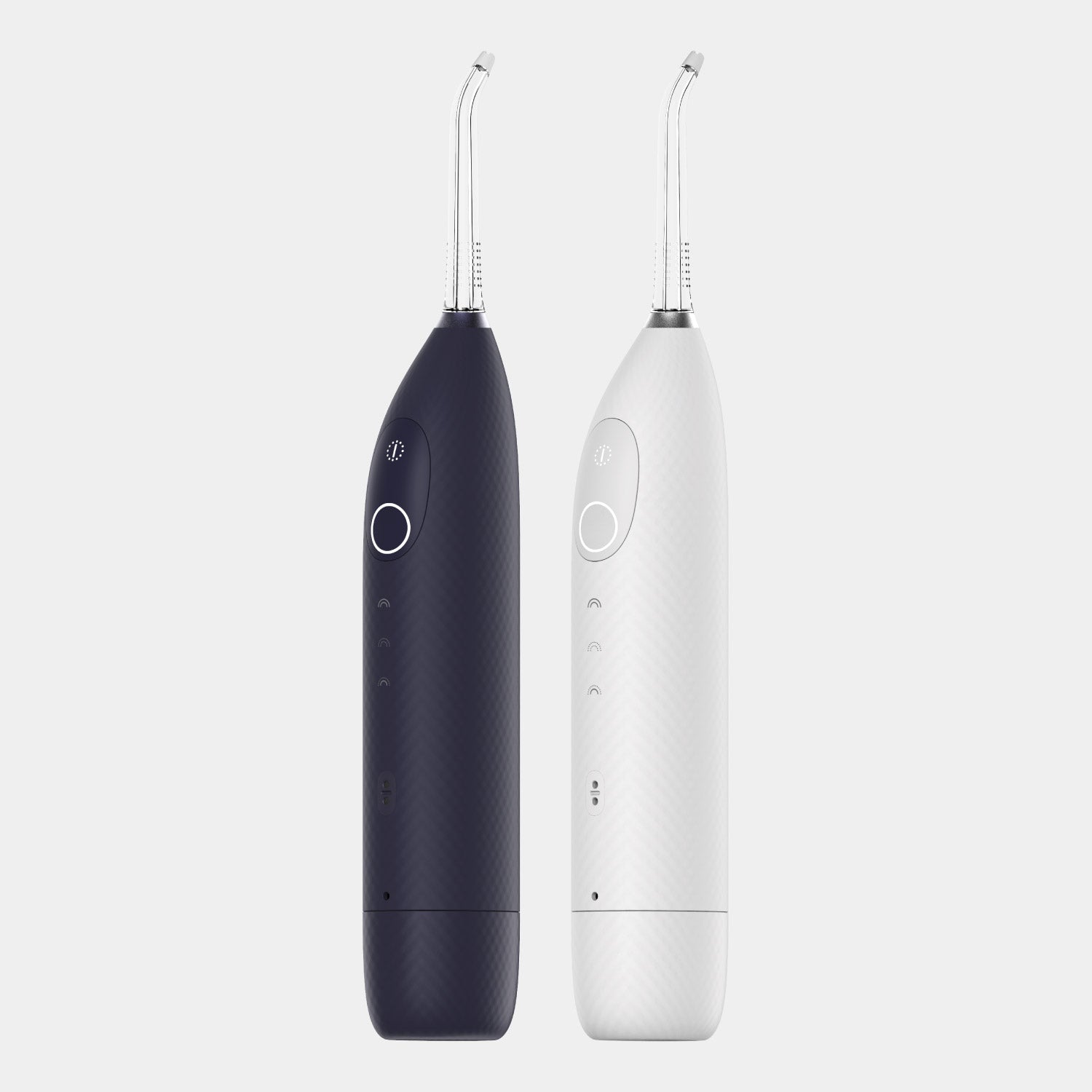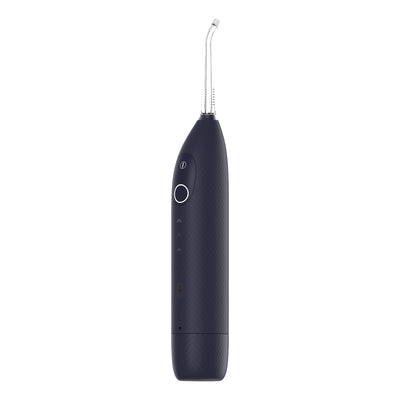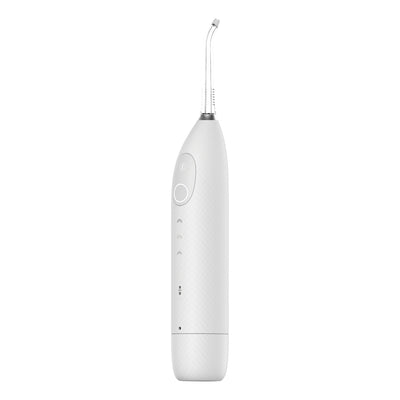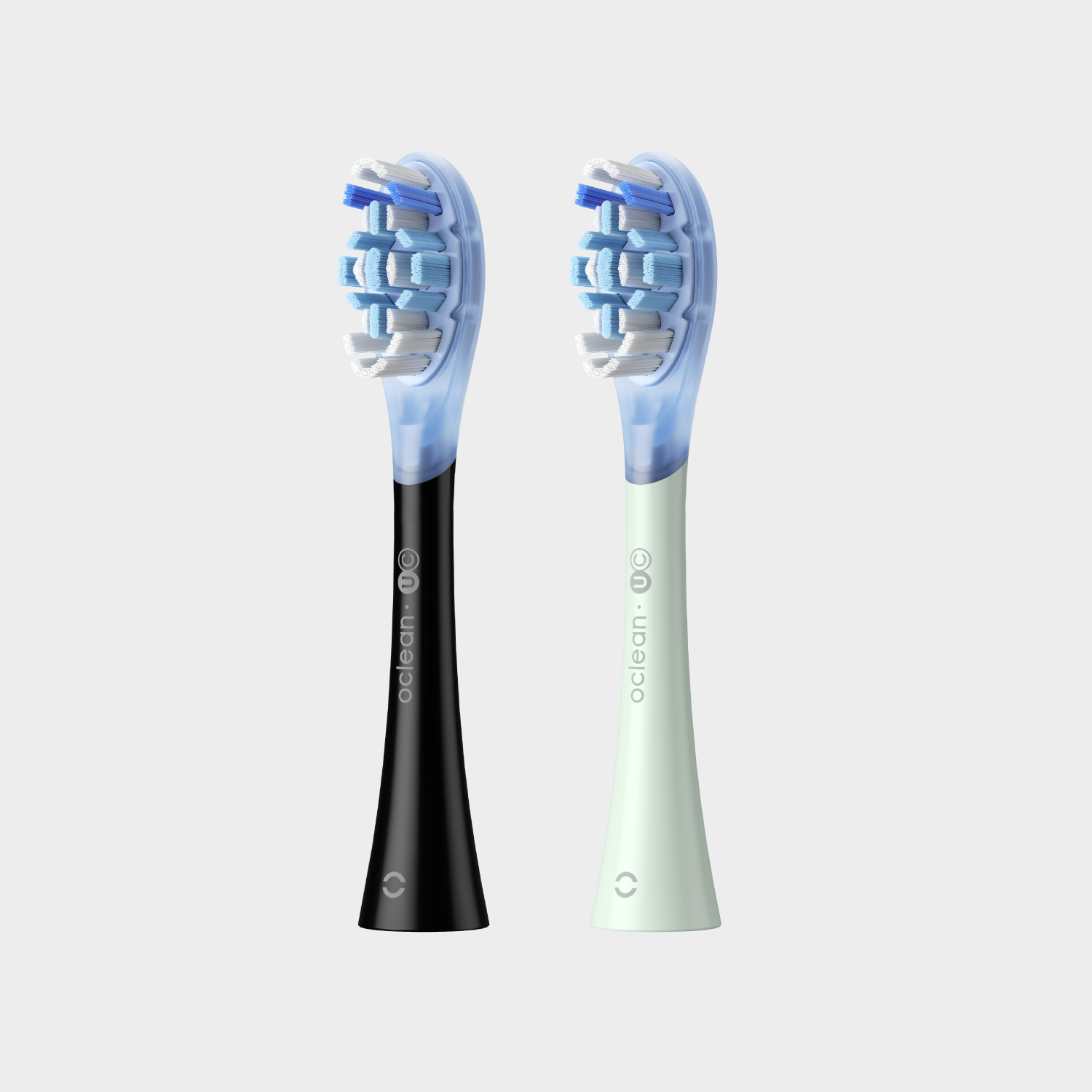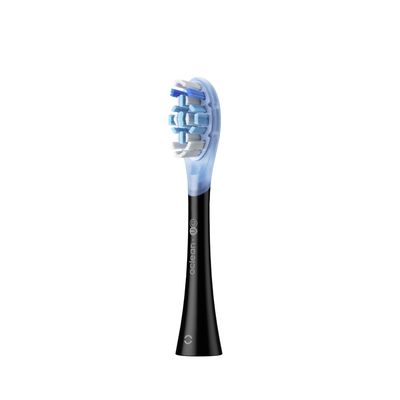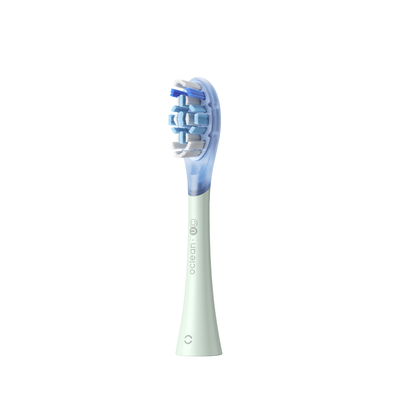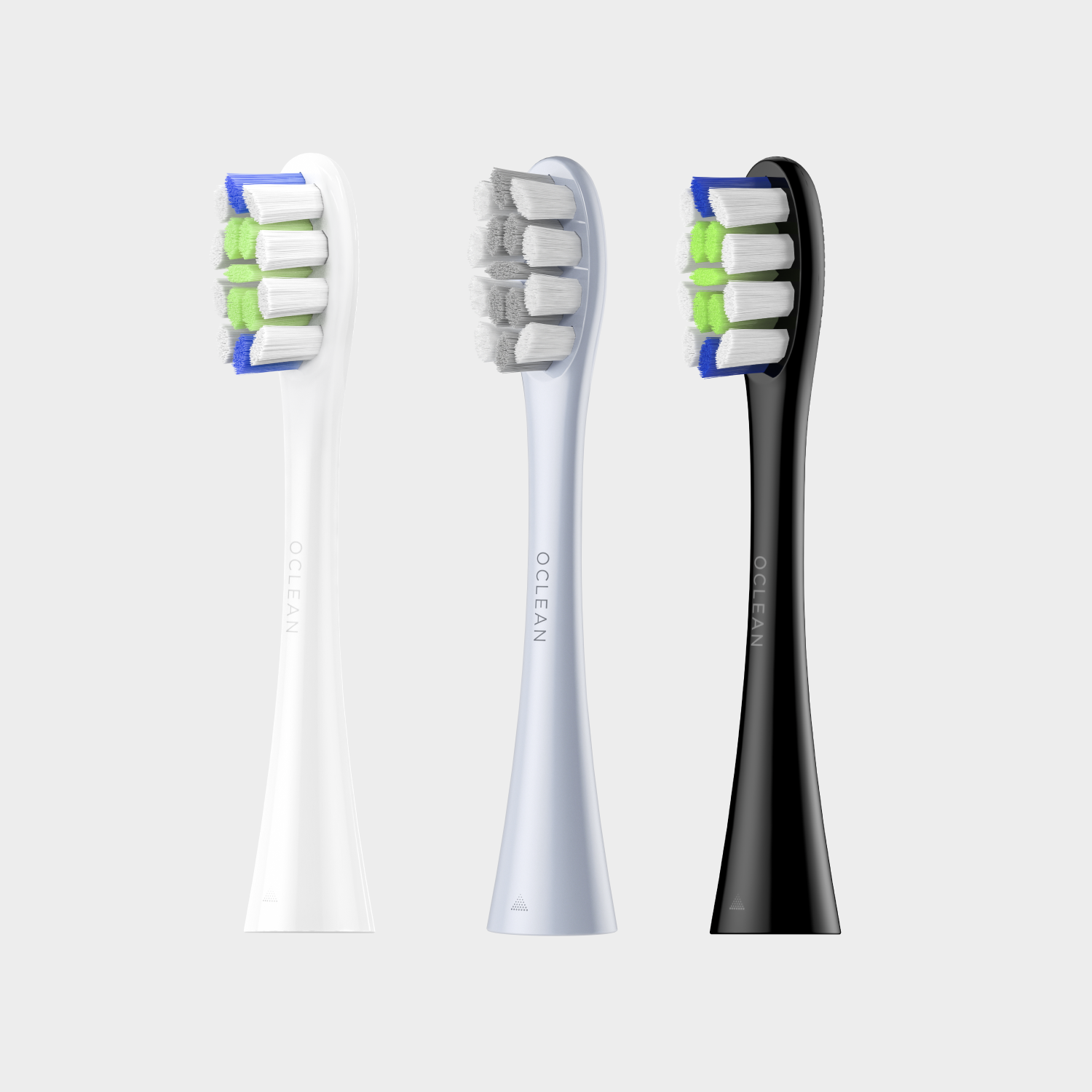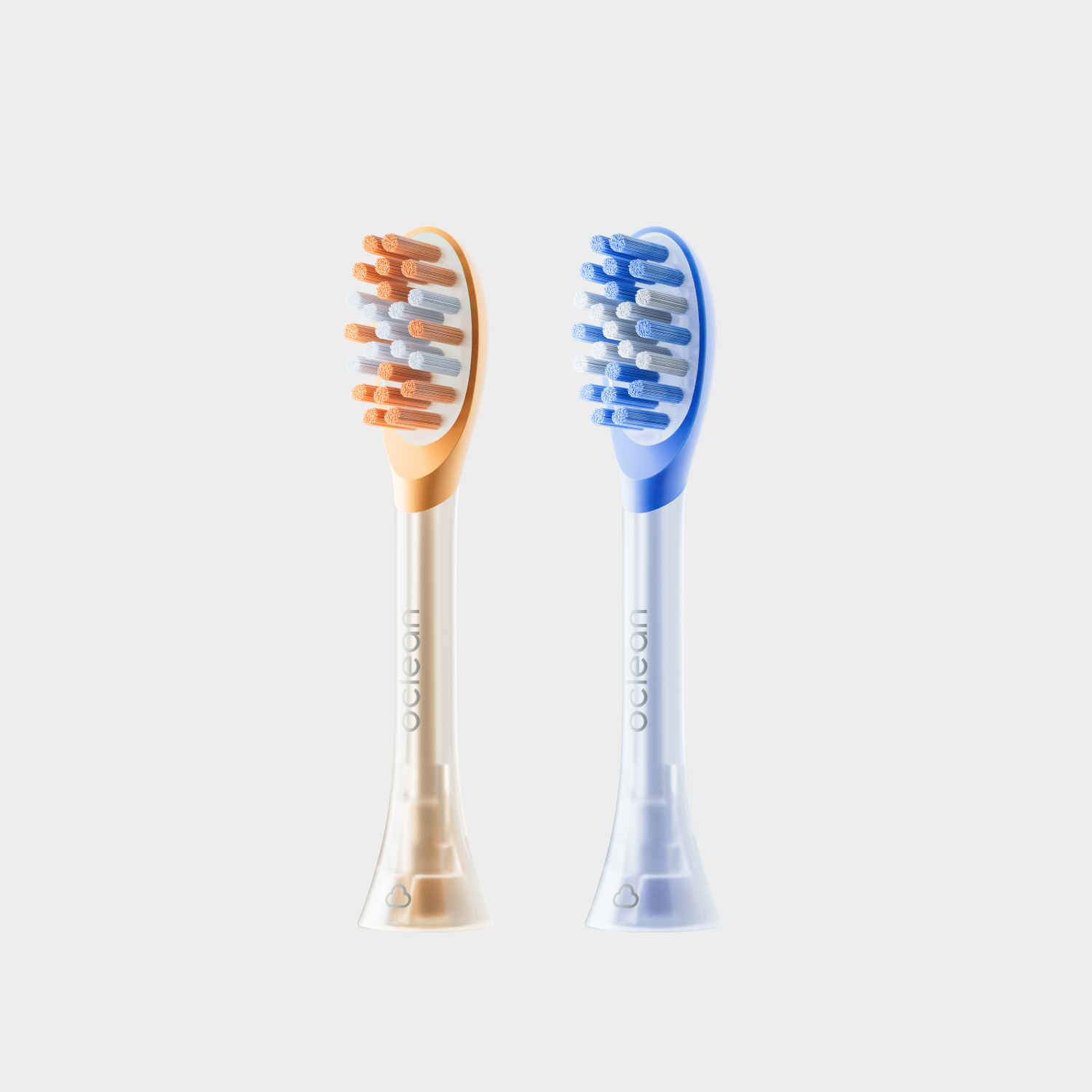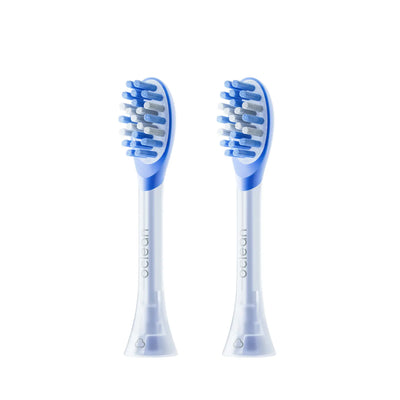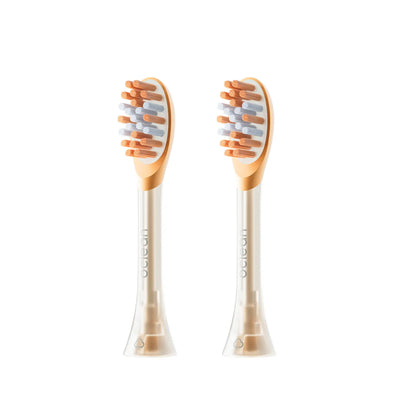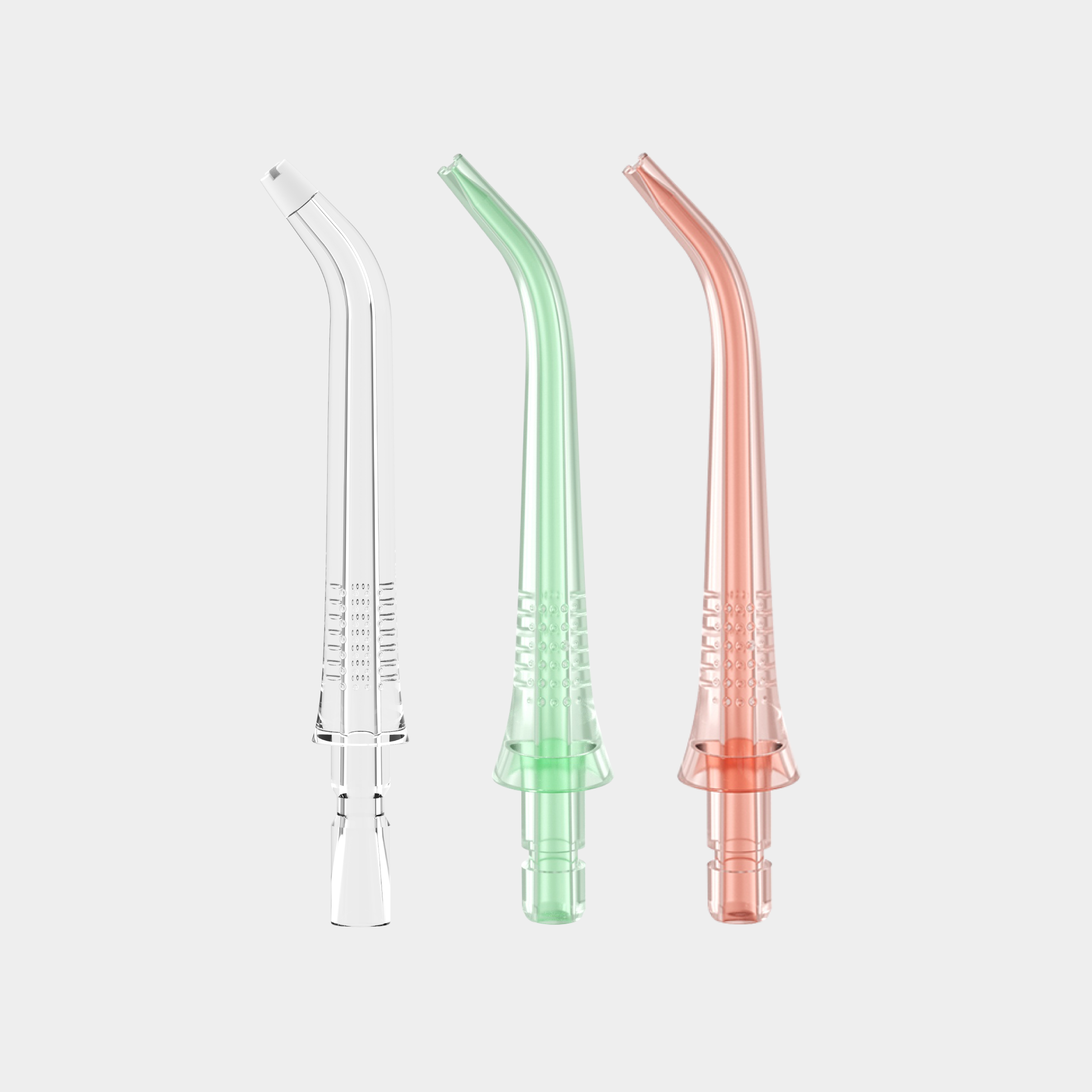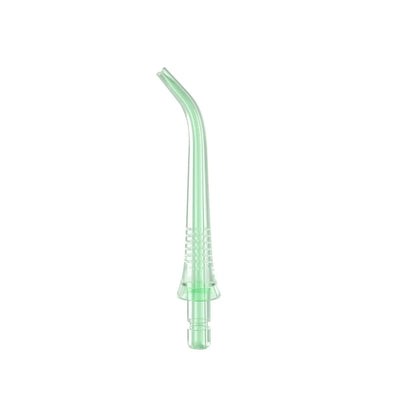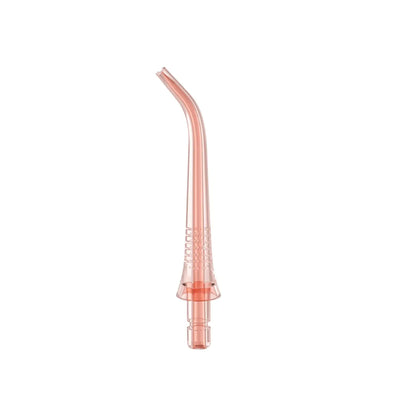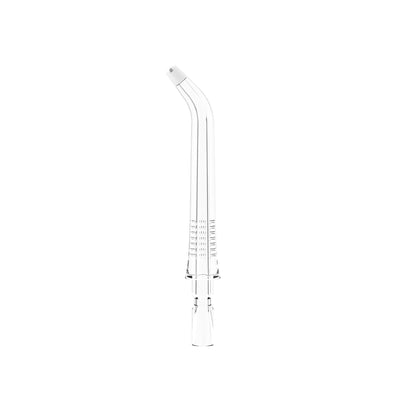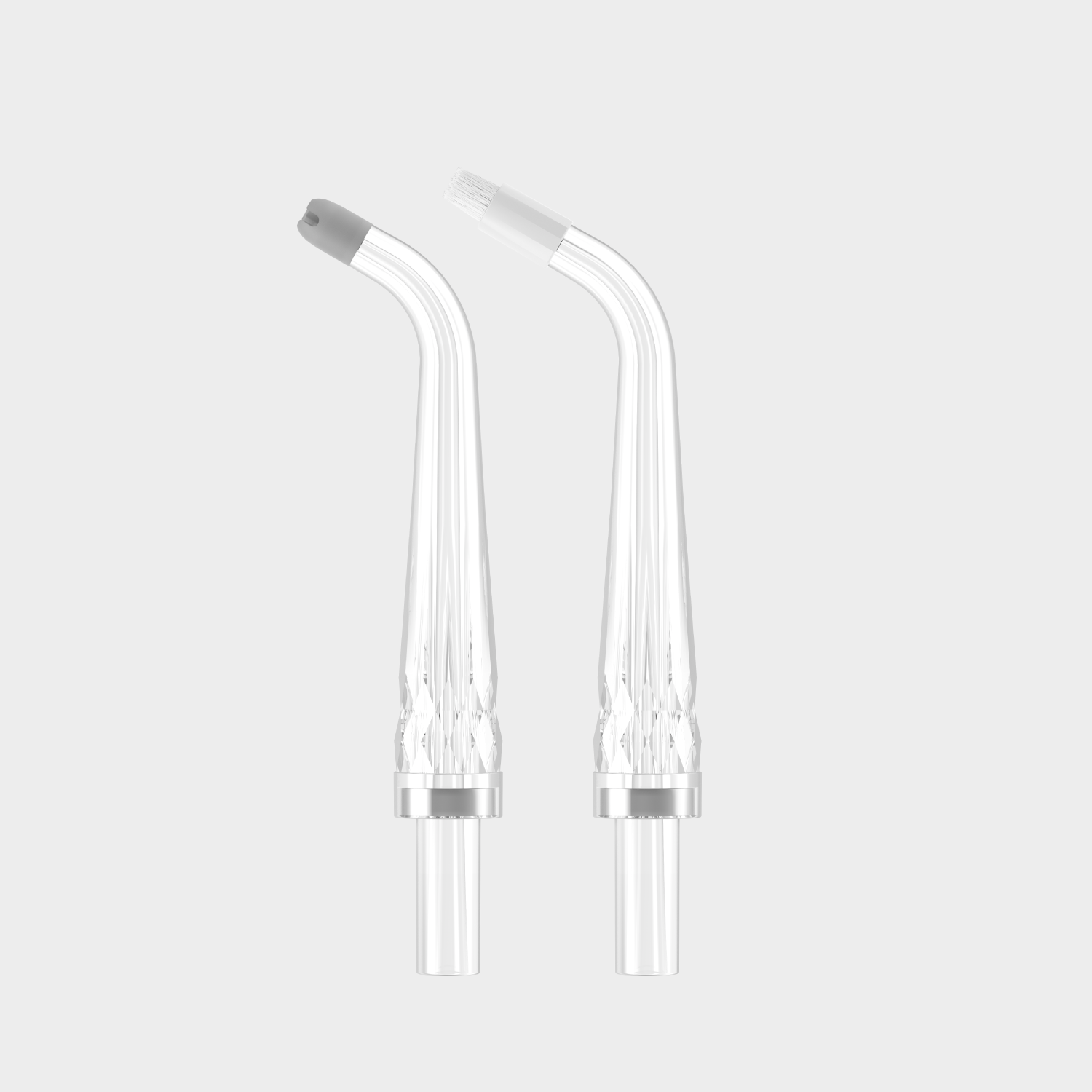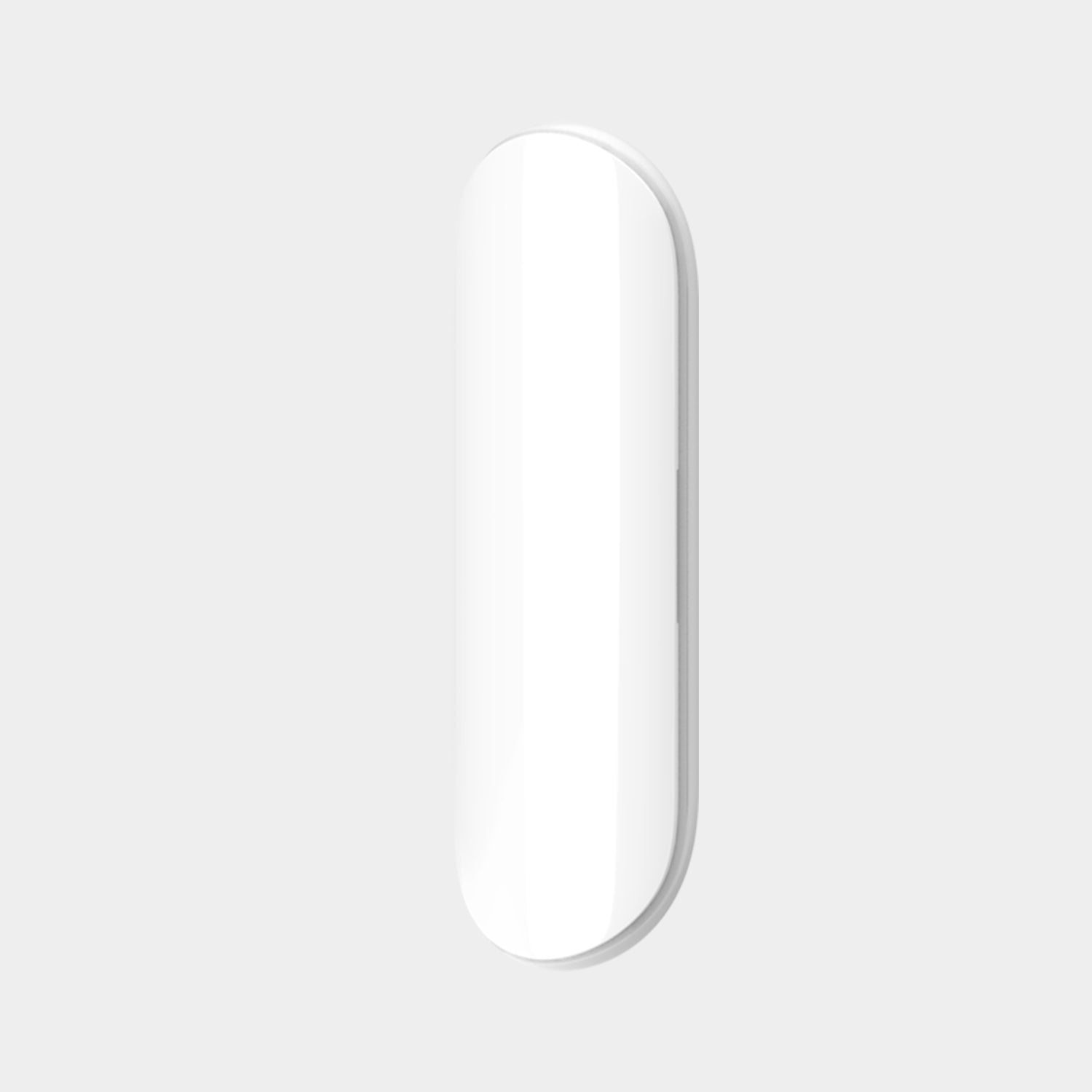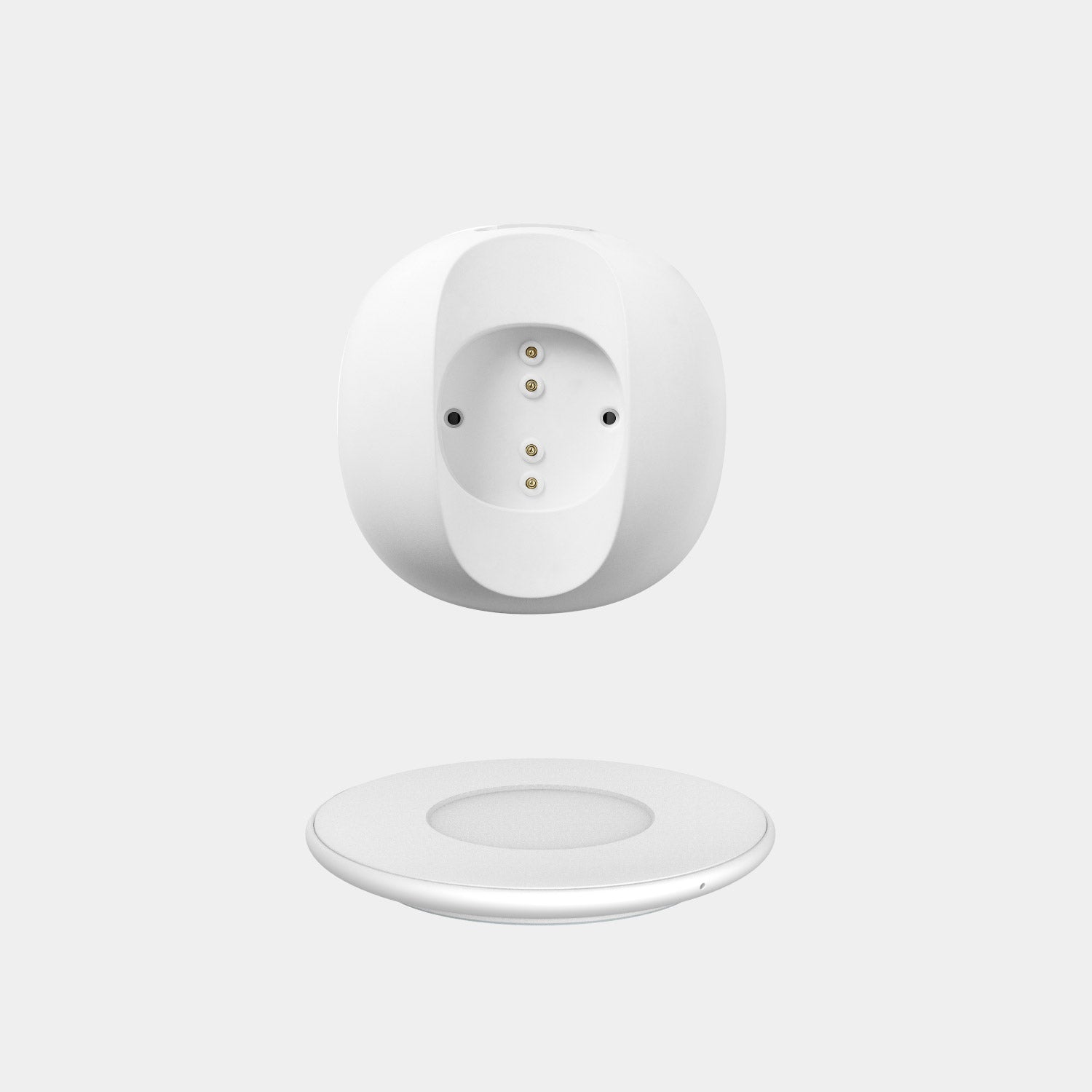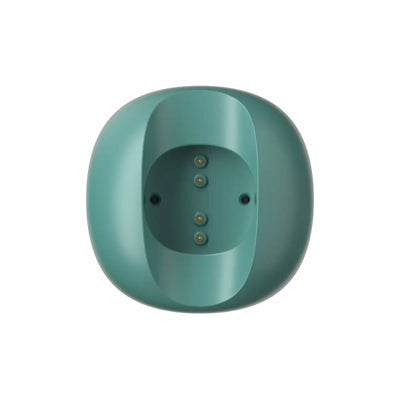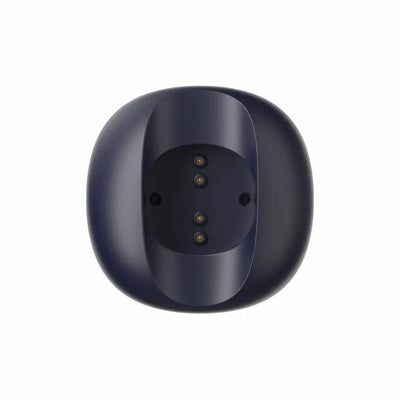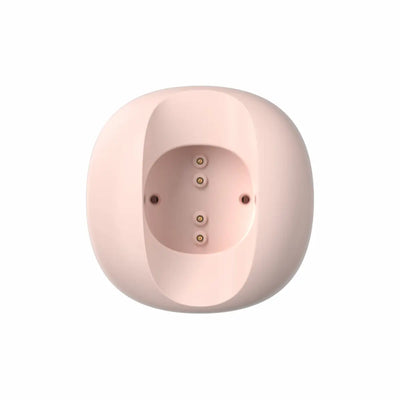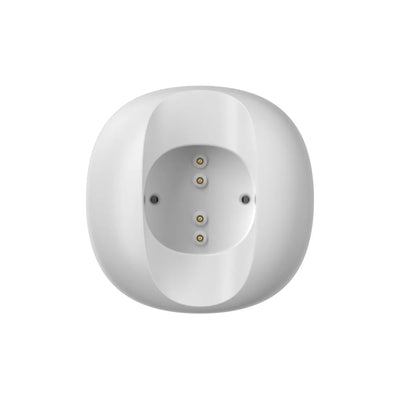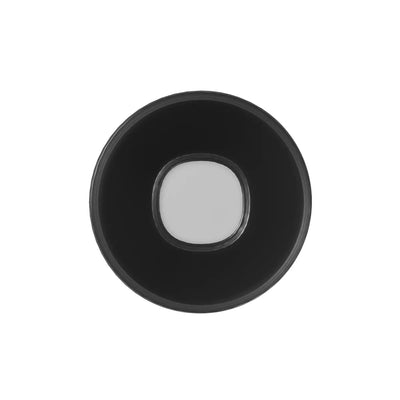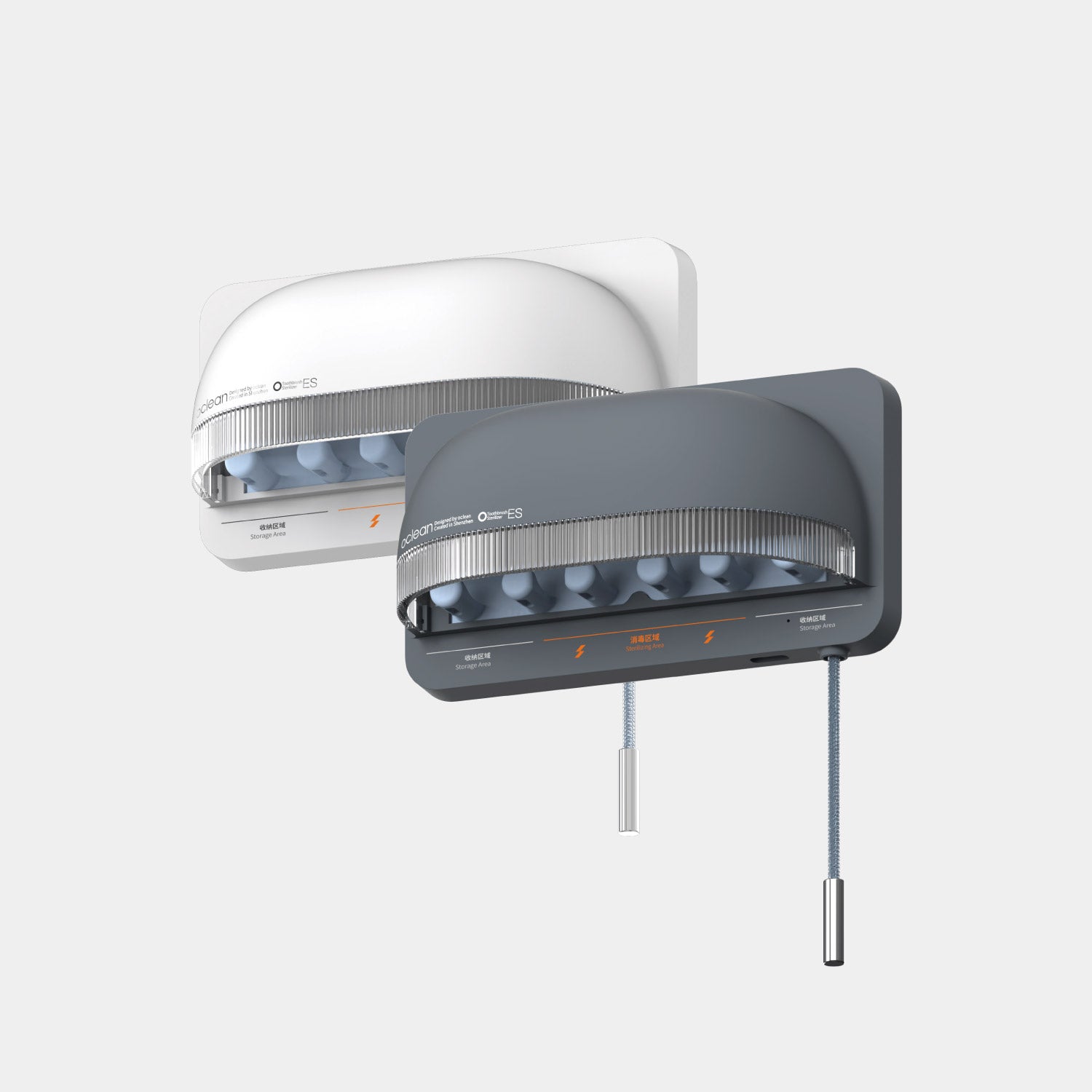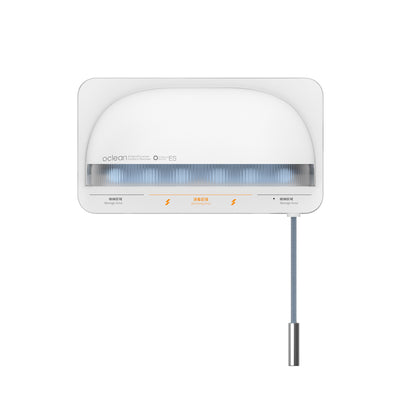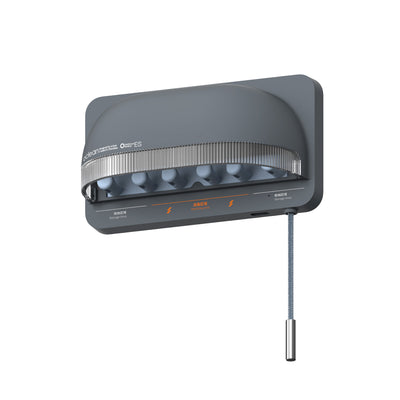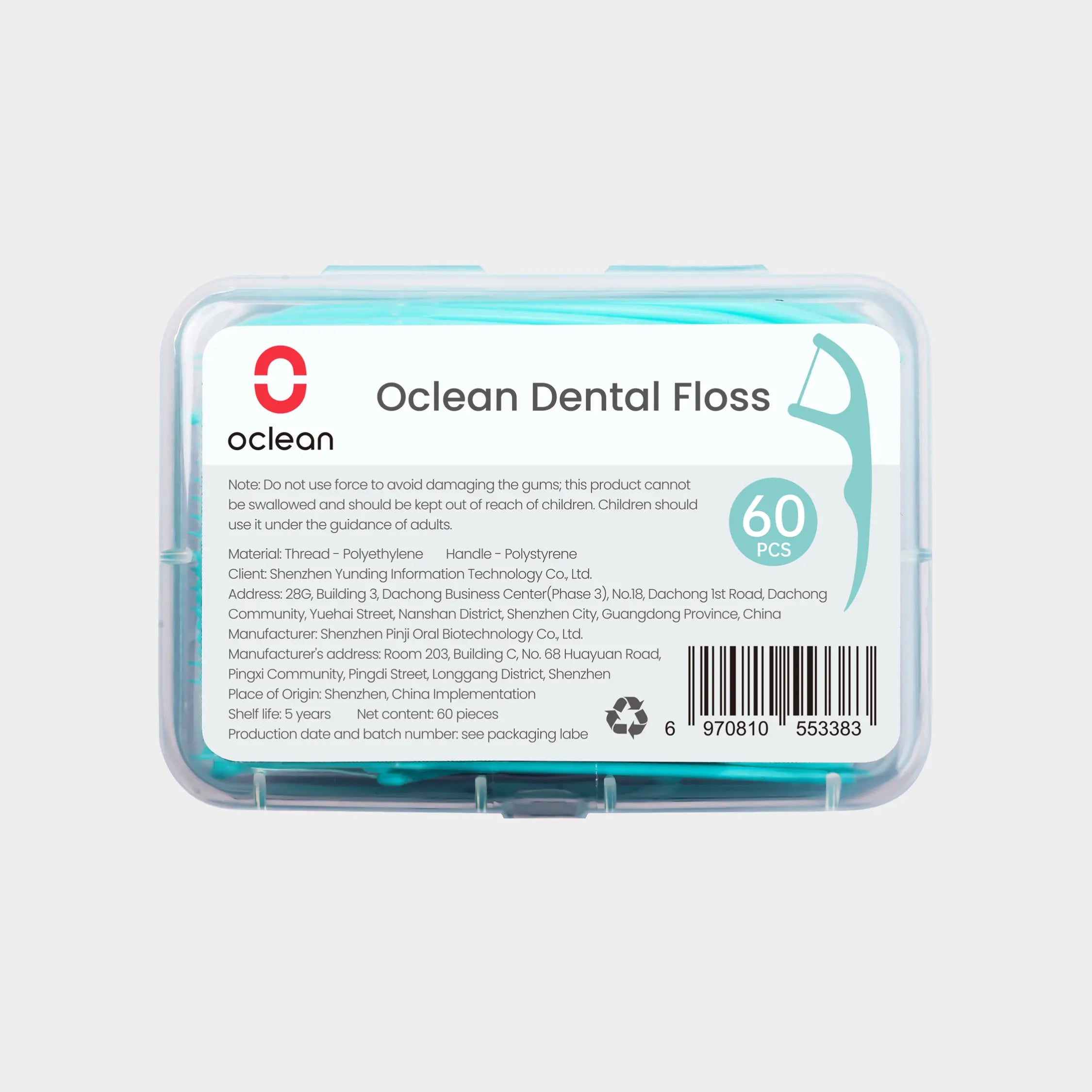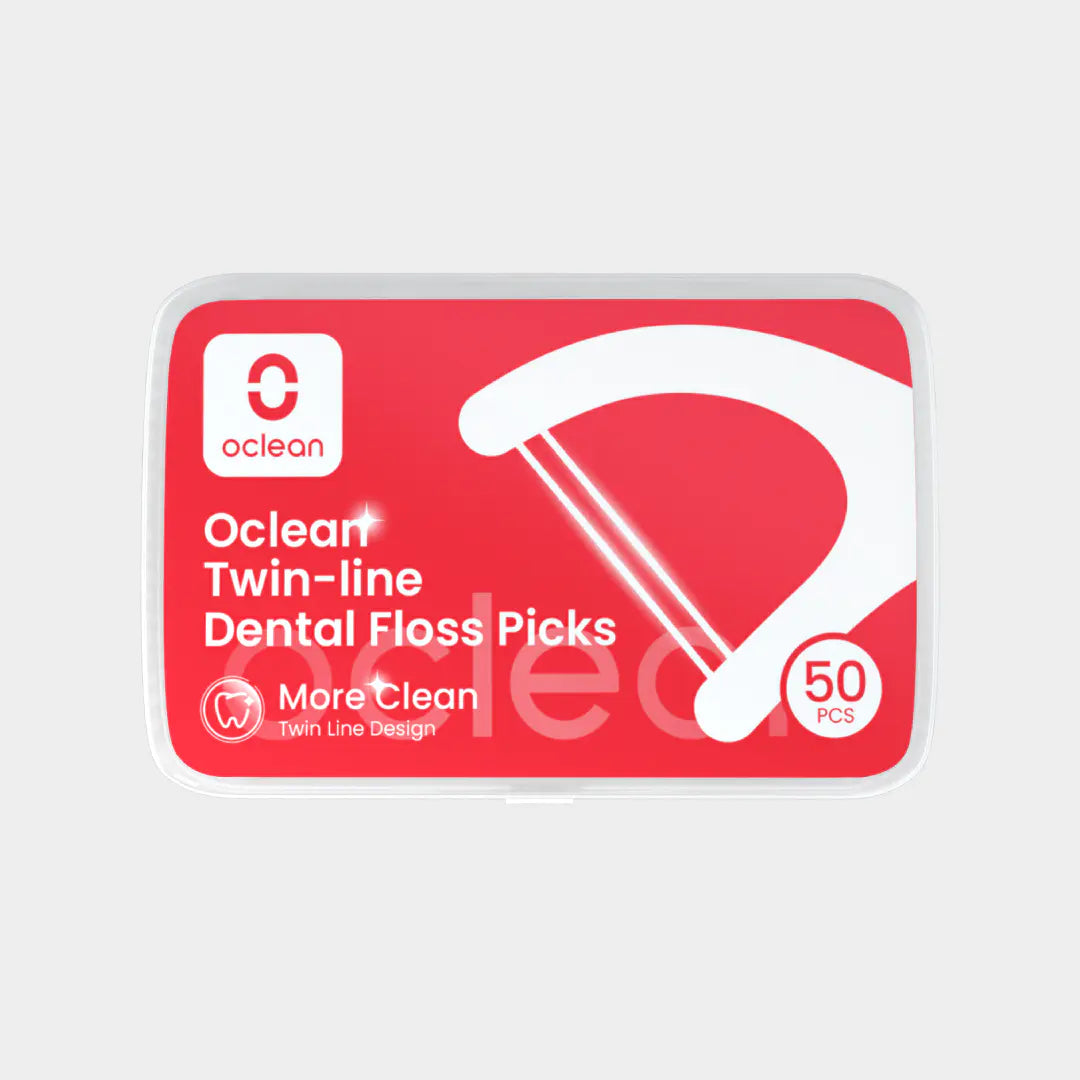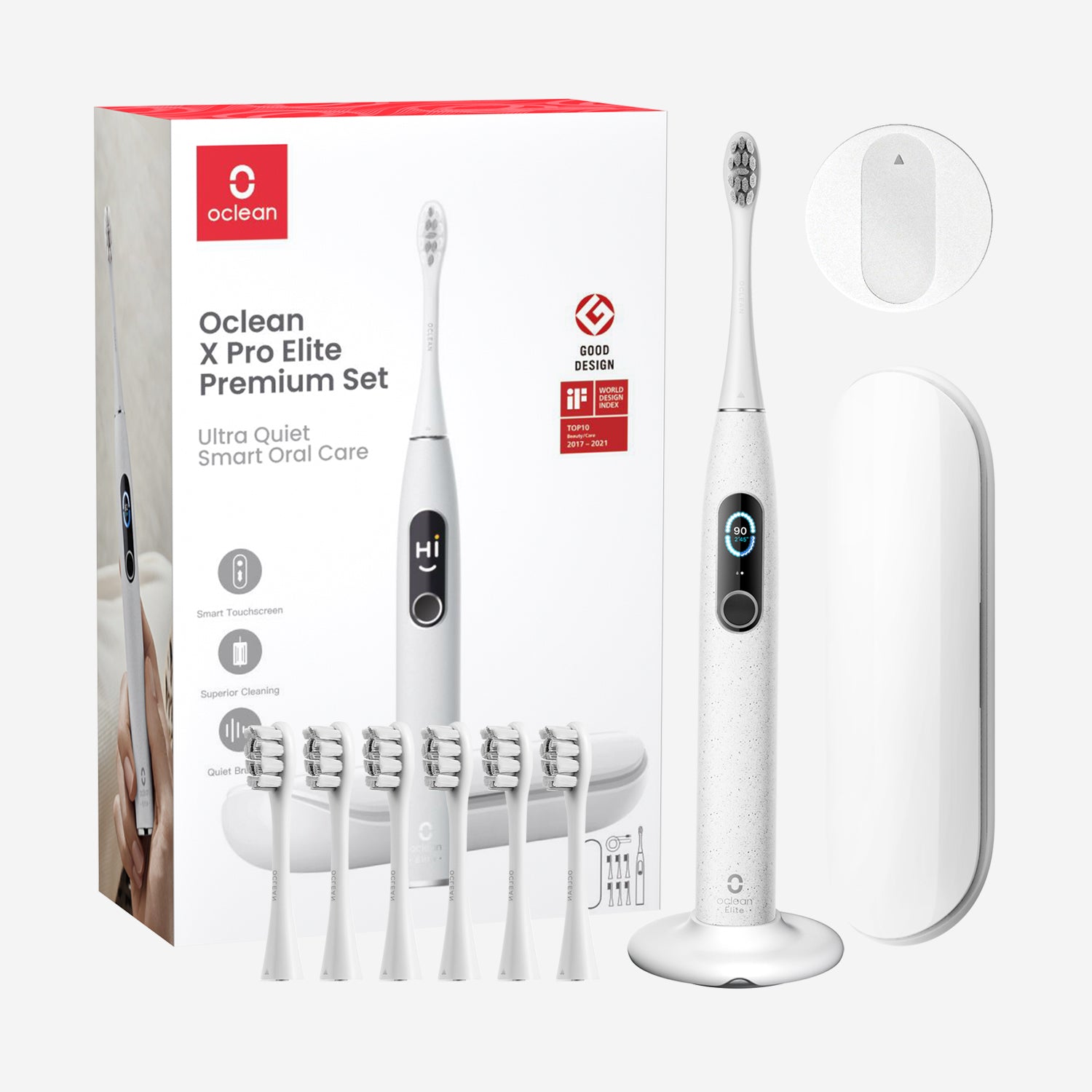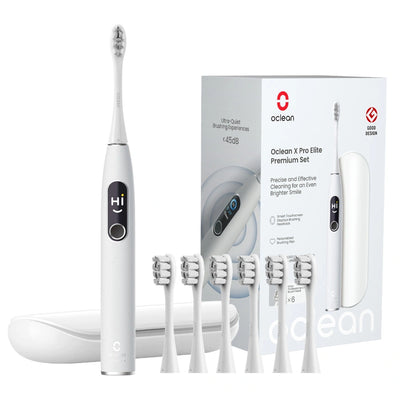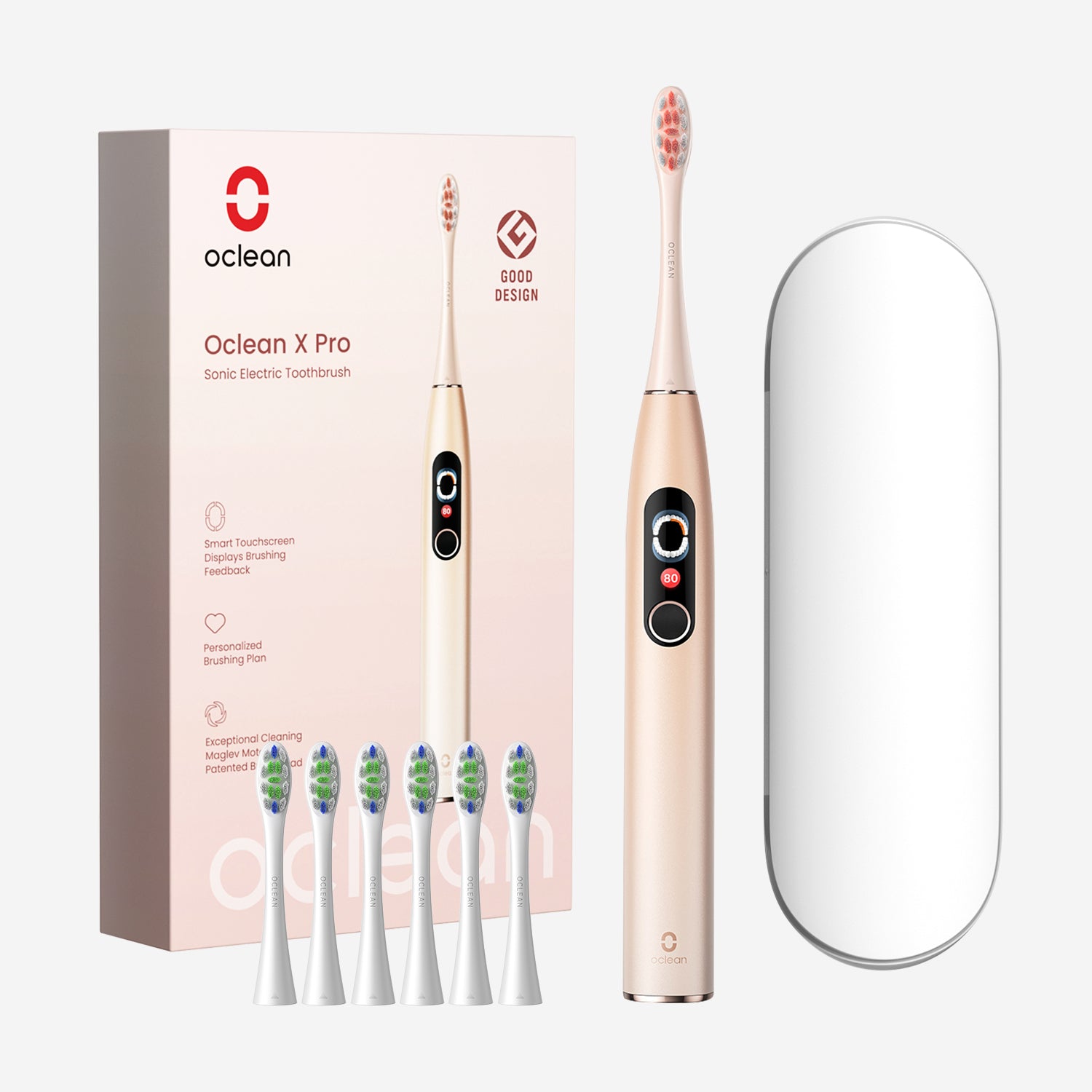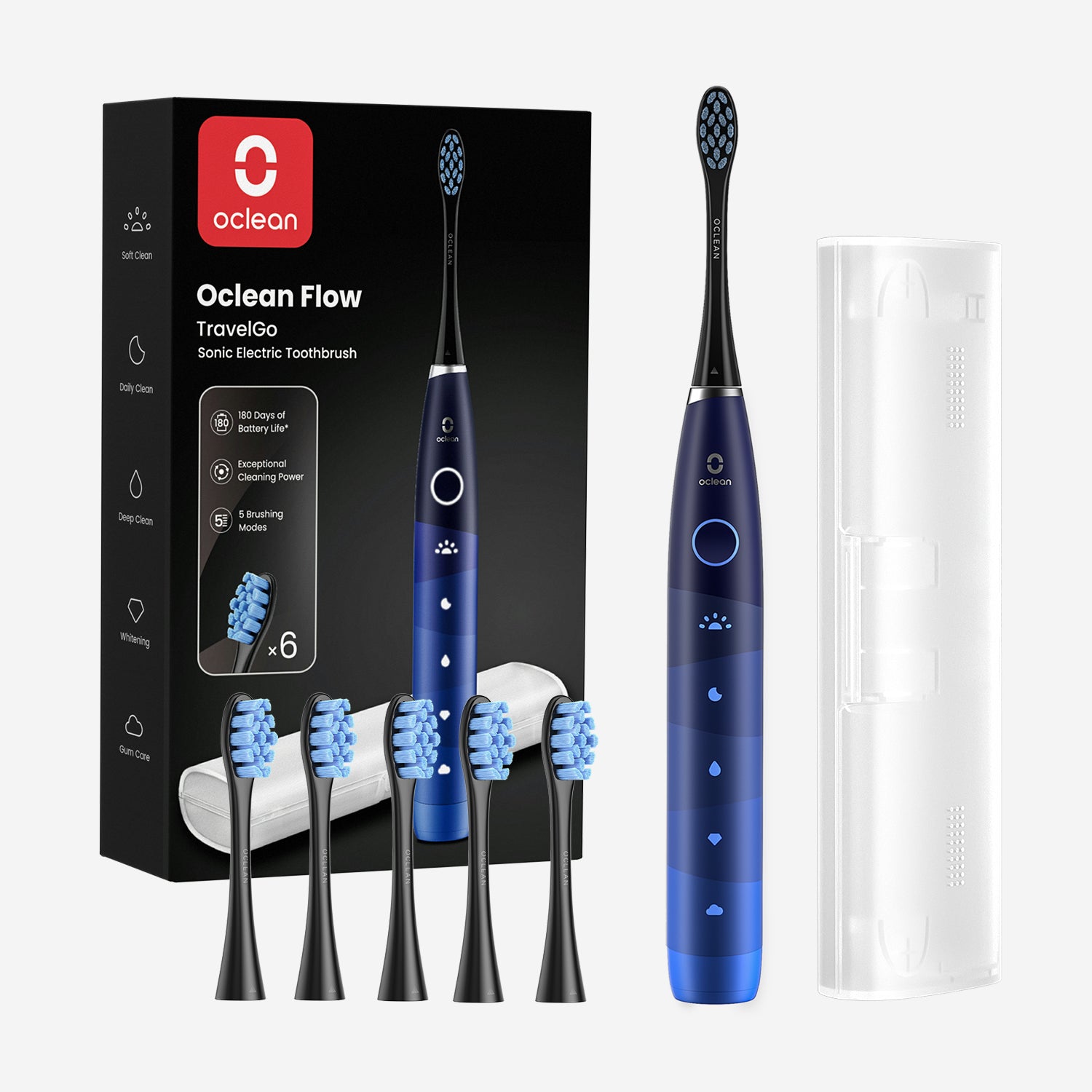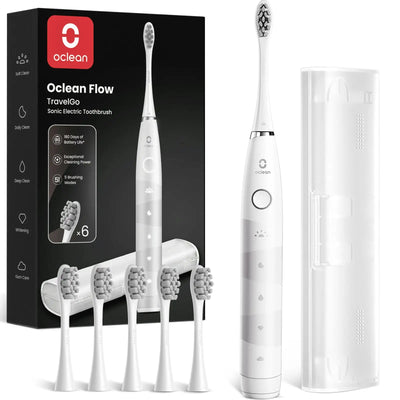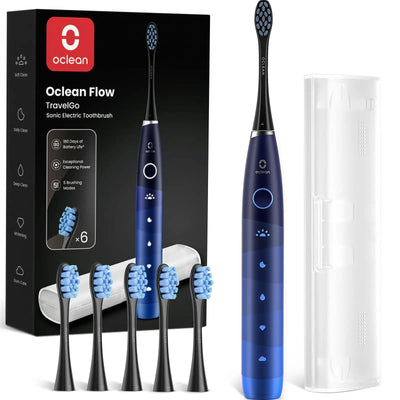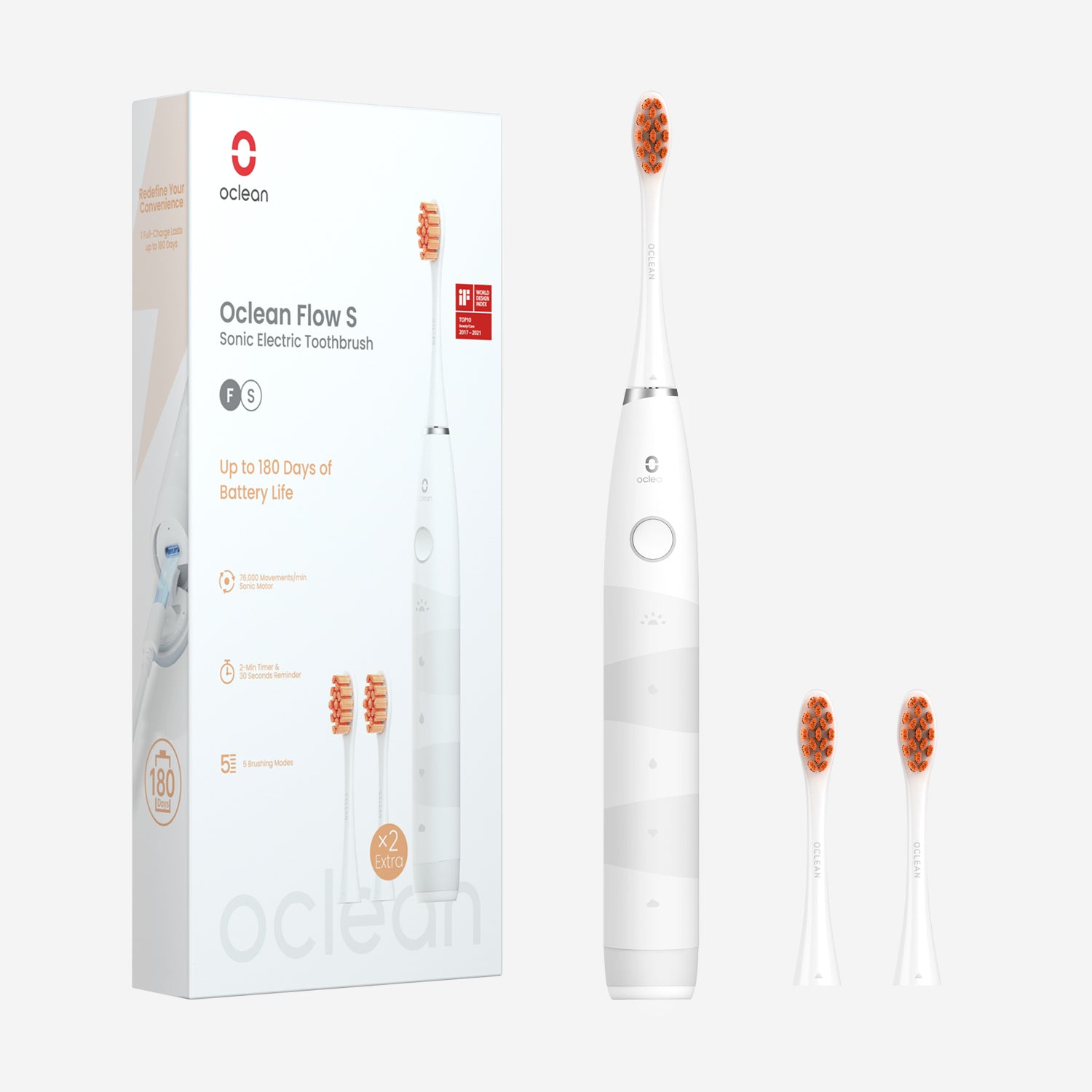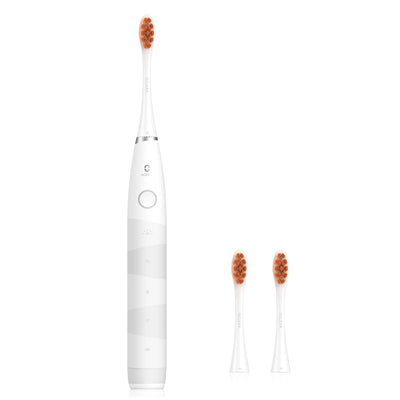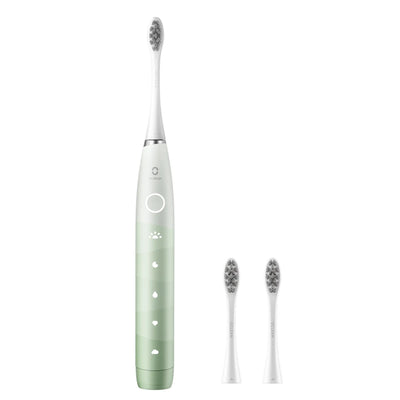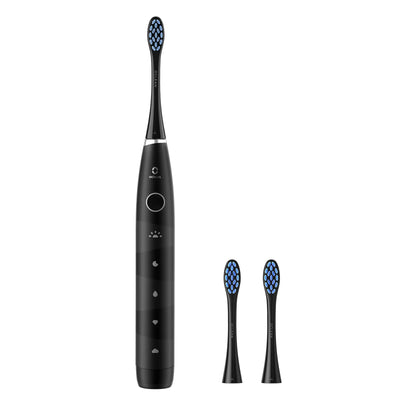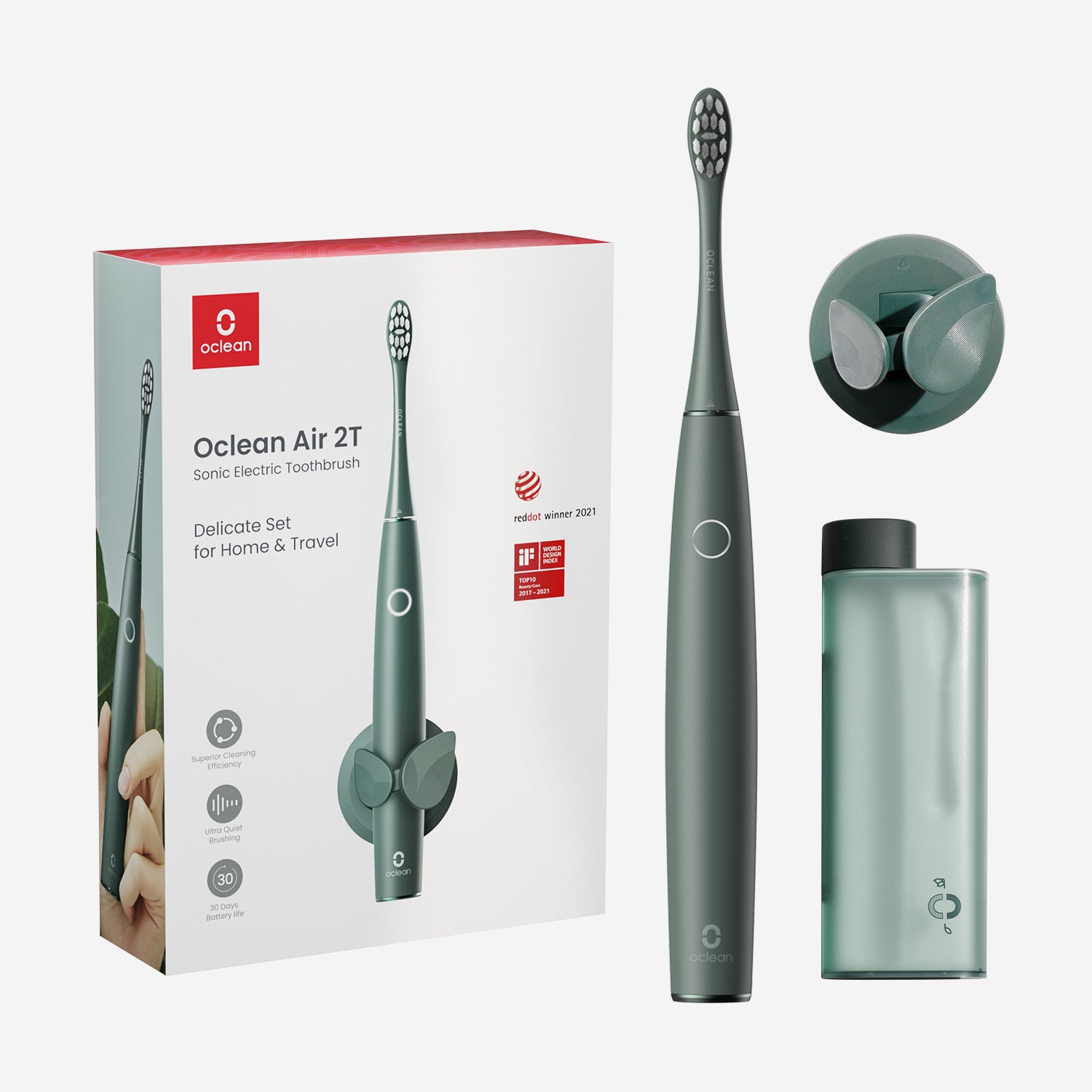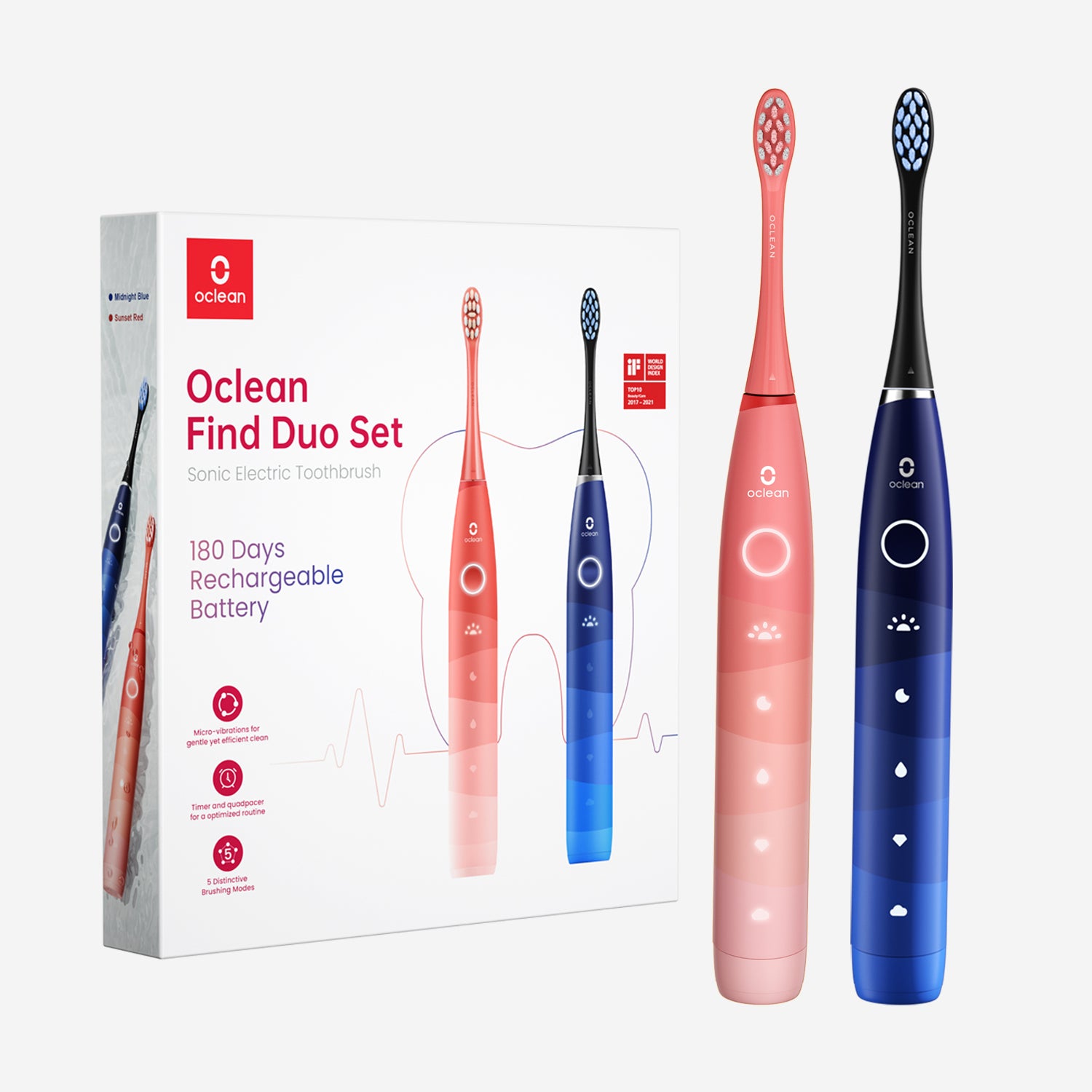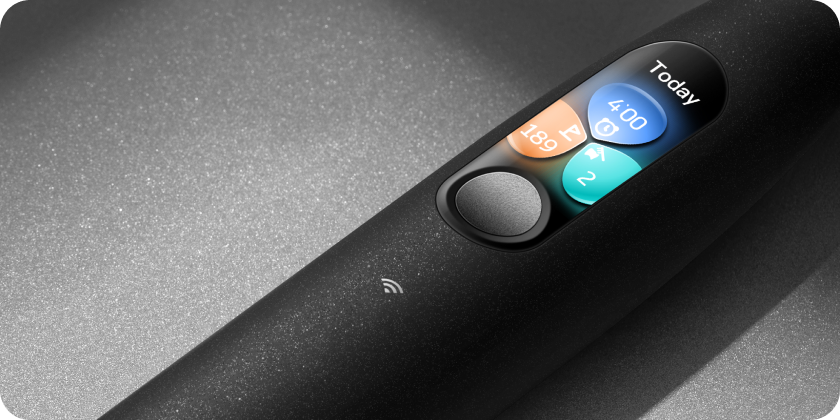Maintaining a clean and healthy mouth is essential. To achieve optimum oral health, dentists recommend brushing twice a day, rinsing your mouth, and flossing daily.
However, many people have noticed discomfort and pain in their teeth after flossing.
If you are one of them and want to know, "Why do my teeth hurt after flossing?" Here are the three explanations for you
1. Wrong Flossing Technique
Watch the way you floss. Sometimes your gums or teeth might become sore if you floss too much. Furthermore, it is not good to propel the floss between your teeth and keep doing it for a long time. If you do not floss gently, it will hurt your teeth and gums.
Flossing is supposed to be healthy for your gums and teeth, but if you're flossing too often or with too much force, you might be doing the opposite and giving yourself pain rather than relief.
Most people think that the more they floss, the healthier their mouth will be. However, the reality is quite the opposite. Too much flossing can hurt your gum tissues, which leads to soreness, gum recession, and even bleeding.
If you do experience pain, it's most likely the pressure you're exerting, wedging the floss between your teeth too vigorously. This causes microscopic tears in the gums and a stinging feeling.
The key to successful flossing is to be light. You do not have to wedge the floss in tight places. Use a light sawing action, and thread the floss in and out slowly while you curve the floss into a "C" shape against the tooth. You don't have to use pressure, as it could, in fact, be irritating your gums.
If you are in pain at the moment, relax your technique and let your gums heal. Remember that gentle flossing, done regularly, will keep your mouth in good health without causing additional pain.
2. Gum disease or gingivitis
If you find your gums bleeding after flossing, the odds are that you have been dealing with gingivitis or other periodontal conditions. In such cases, you must practice a healthy oral routine and consult with an experienced dentist before the situation deteriorates.
3. Tooth sensitivity
Tooth sensitivity can hurt you badly when you brush and floss. Generally, tooth sensitivity appears when the tooth enamel wears off or if the tooth root is exposed.
The sensitivity is triggered when you drink hot or cold drinks. After consulting with your dentist, you must carefully choose your toothbrush and toothpaste to alleviate the pain.
Speaking of toothbrushes, you may check out the wide range of electric toothbrushes available at Oclean. These are safe to use and recommended by the ADA.
4. Dry Mouth
A dry mouth is painful when flossing. Unless your mouth is moistened sufficiently by saliva, your gums are dry and tend to be hurt. Saliva contributes significantly to keeping your gums slippery and moist, which is important when you are flossing. If there is insufficient saliva, flossing can be painful for your gums, leading to irritation, soreness, and bleeding.
Dehydration, drugs, or sickness can cause a lack of saliva, which makes flossing more troublesome than it needs to be. To compensate for dry mouth, try to have a good amount of water throughout the day to moisten the mouth. You can try mouth sprays or sugar-free gum to stimulate saliva. Moistening your mouth prior to flossing will prevent you from damaging your teeth when flossing between them.
5. Too Tight Teeth or Crooked Bite
Ever have that nagging sensation of pain or discomfort when flossing teeth that are tightly spaced? Crowded teeth create a barrier where regular floss just can't get through quite as well as you would like, and as a result, force may be needed in order to get past it, leading to sore gums.
A build-up effect will lead to increasingly more pain in the future in regions where teeth are crowded or spaces that are too small to easily pass regular floss.
Misalignment can also affect your flossing style, forcing you to use too much pressure to floss between teeth. Not only is this uncomfortable, but it can also cause gum recession and sensitivity.
With teeth that are misaligned, it is hard to properly clean all surfaces between teeth, so it is more likely for plaque to accumulate and other problems with your oral health.
Should you find flossing painful because of tight areas or misalignment, you can consider consulting an orthodontist or dentist. They will suggest an alternative like orthodontic floss, soft picks, or floss threaders that will simplify flossing for you. These can help you avoid pain and ensure that you are flossing your teeth properly, even in tight areas.
6. Sensitivity Caused by Whitening Products
Using whitening products may have some undesirable side effects, and the most common one is sensitivity of the teeth. While whitening teeth treatments beautify your smile, they leave you feeling uncomfortable and sore, especially when you floss. The reason behind this is that the whitening products, be it in strips, gel, or professional forms, tend to soften the enamel or the gums, hence becoming more sensitive to touch.
When you have just whitened your teeth, you may feel stinging or burning when you floss because the pressure of the floss irritates the sensitive areas. This is especially true for people whose teeth are sensitive too. Avoid pain by not flossing immediately after whitening procedures. Allow your teeth to heal first. You can also use sensitive toothpaste to alleviate pain in the future.
7. Particles of Food Wedged Between Teeth
Occasionally, the discomfort you feel after flossing is actually from lodged food particles. Flossing dislodges the debris, but some foods are extremely clingy and adhere between the teeth firmly. Sticky food fragments that are not disposed of easily, like popcorn or meat fibres, sting when you try to pick them out. You could be flossing correctly, but these particles can irritate the gums.
The discomfort after flossing is generally caused by excessive force to remove stuck food. If the food is still stuck, you might be unknowingly injuring your gums with excessive force. The answer is to use a water flosser, which will loosen stuck food without hurting you.
Water flossers are particularly well suited for individuals with sensitive gums or tightly spaced teeth. They can floss between teeth and along the gum line with a more comfortable and effective cleaning without injuring your gums.
What Helps With Pain After Flossing?
A simple cold compress or rinsing your mouth with salt water can help manage the pain. If you are now anxious, "how long does it take for flossing to stop hurting?"
Since everyone's oral conditions are distinct, the answer will vary from person to person. Generally, the pain resolves within a few hours.
Should You Stop Flossing?
Even though flossing may hurt you sometimes, it's not a good idea to bid it farewell. If you want to avoid getting hurt with traditional floss, you can opt for alternatives such as water flossing. The water flossing technique is safe to use, even for amateurs, as it uses a stream of water to eradicate the bacterial accumulation between your teeth.
If you prefer something more comfortable and convenient, try the Oclean Water Flosser. This smart technology features a pulsating water flow to clean comfortably and effectively between teeth and gum lines without disturbing you.
In contrast to regular floss which is irritating to sensitive gums, a water flosser is gentle yet effective in cleaning. It's perfect for those with challenges in regular flossing or for those with sensitive gums.
Pair it with an Oclean Smart Sonic Toothbrush, which is designed to provide you with a cleaner with adjustable settings that are perfect for sensitive teeth. With the two, you are assured of having the best oral health you can possibly have without any pain.
How to Floss Properly?
To prevent soreness after flossing, you must learn the proper way to do it. Flossing isn't a matter of getting the floss between your teeth; it's a matter of doing it the proper way to make it comfortable and effective. Begin by cutting 18 inches of floss. Wind the ends around your middle fingers, leaving a little to play with. Hold the floss taut between your thumbs and forefingers for more control.
Slide the floss between your teeth slowly but not hard. Position the floss, then bend it around the bottom of each tooth in a "C" shape. Slide the floss up and down, making sure to hit both sides of each tooth. Never jerk or snap the floss, as this will hurt. Don't floss too hard or too often.
The Bottom Line
Flossing is necessary for good oral health, but it does not have to hurt. By understanding the reasons for pain and employing proper techniques, you can have healthy gums and a pain-free flossing experience. If daily flossing is still an issue, look to alternatives like water flossers, which are more comfortable and effective.
